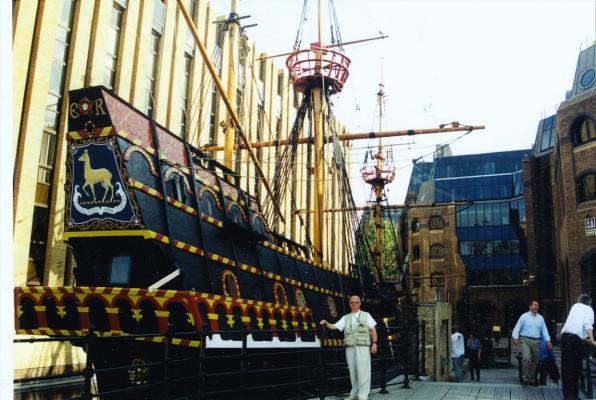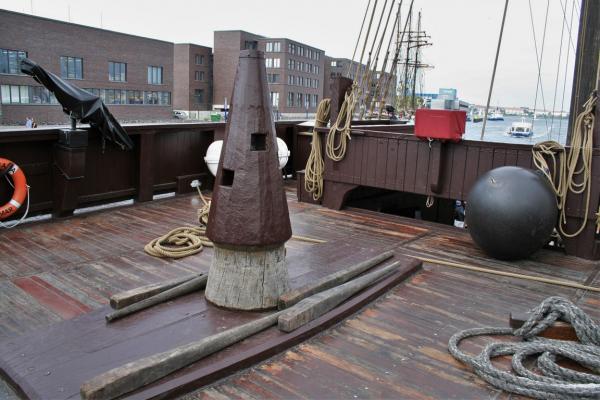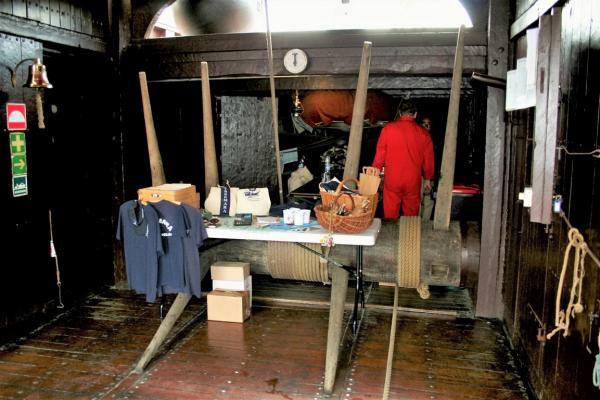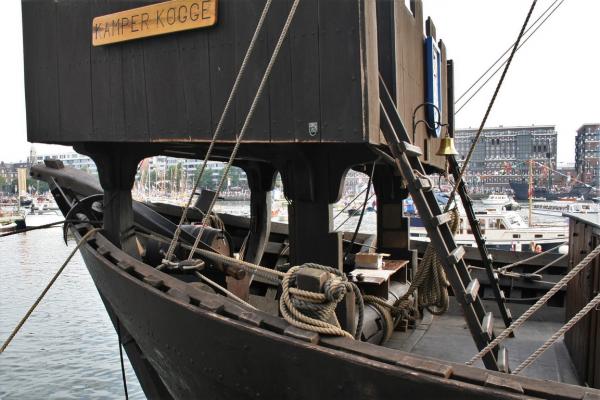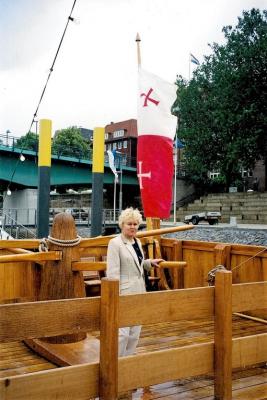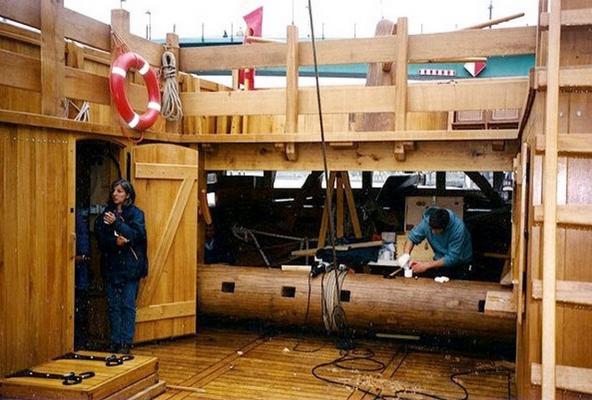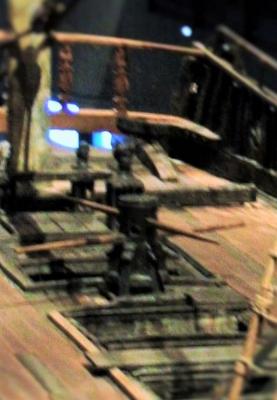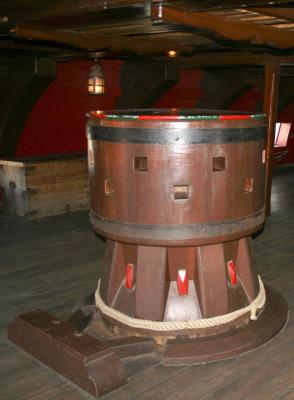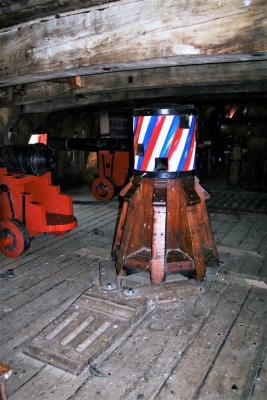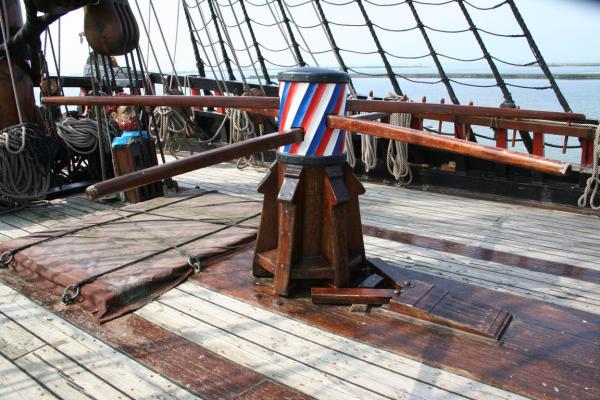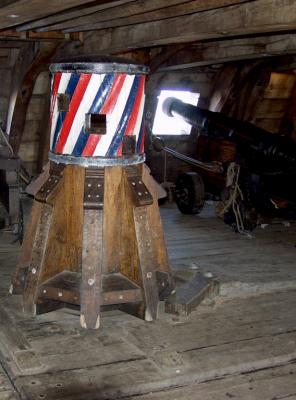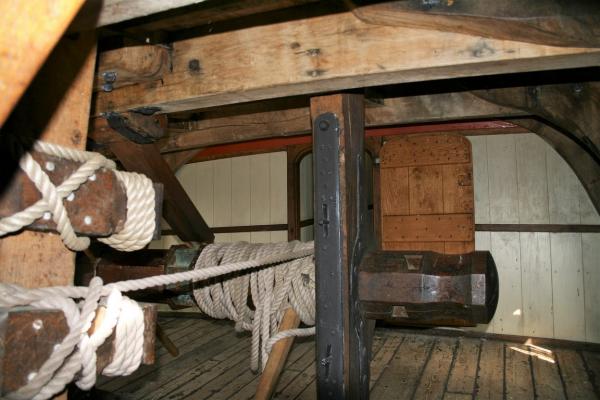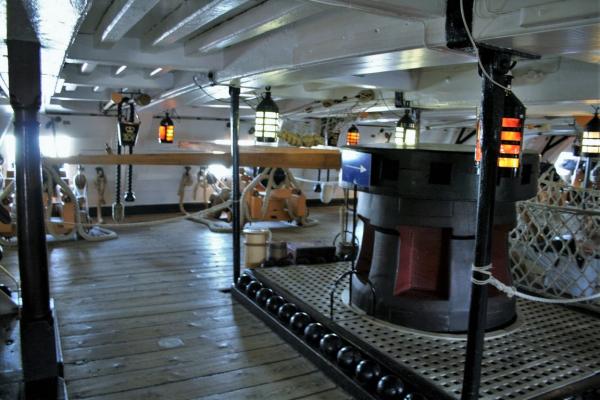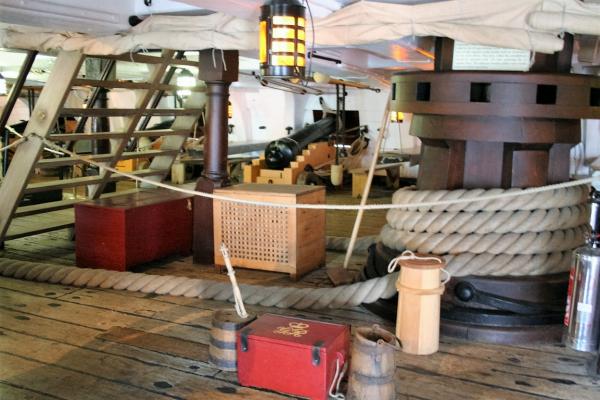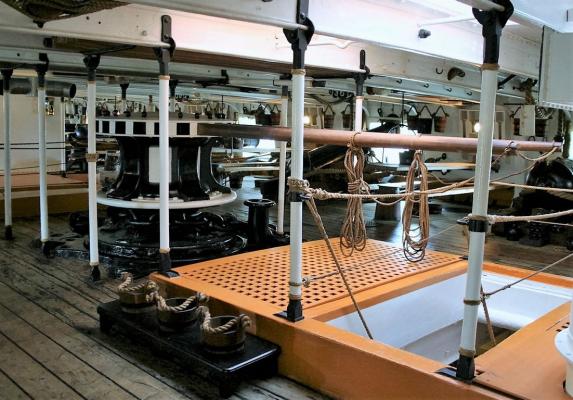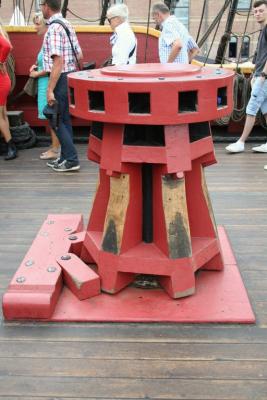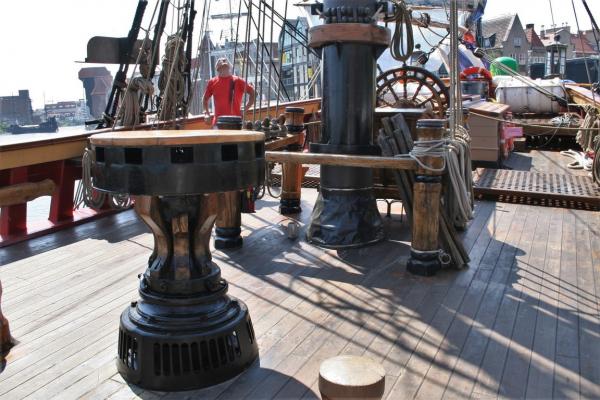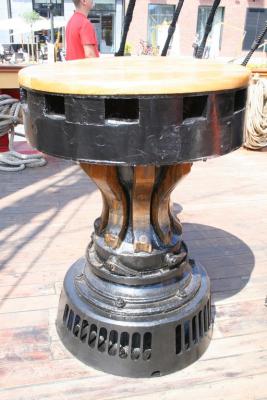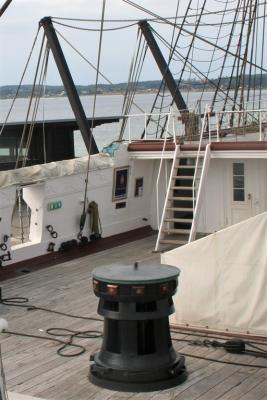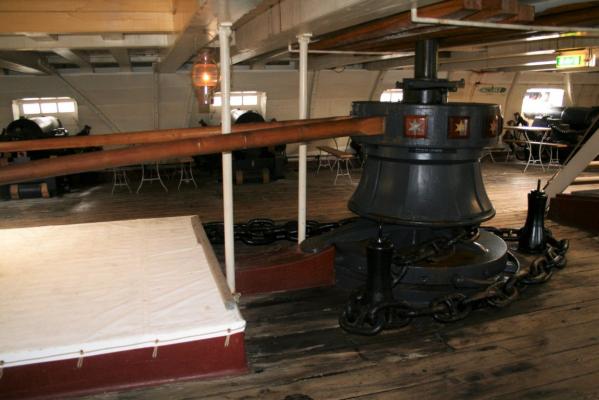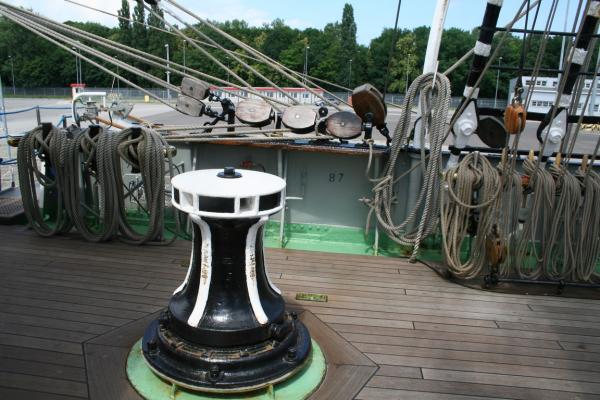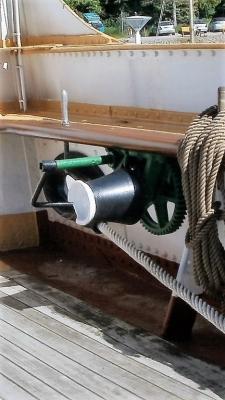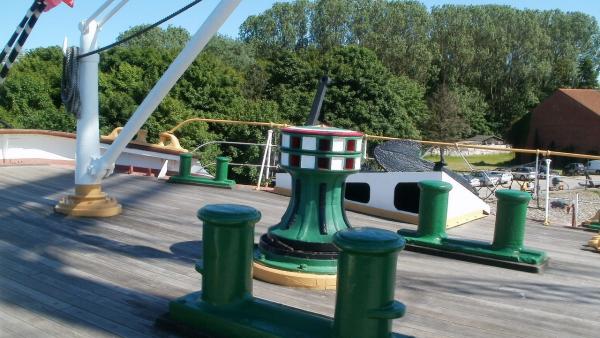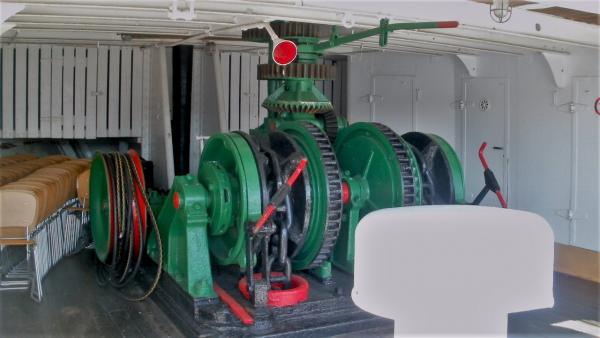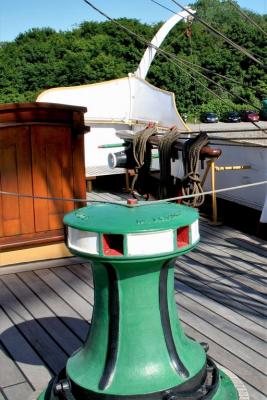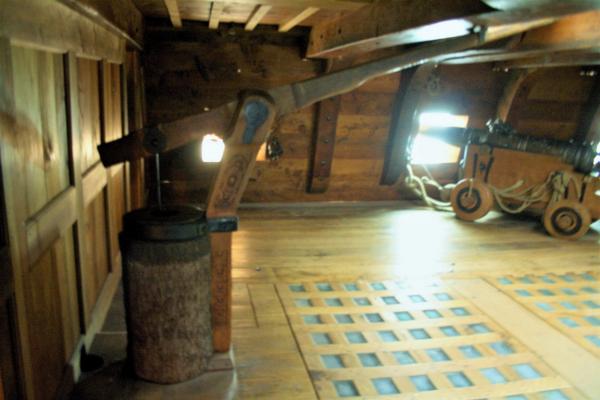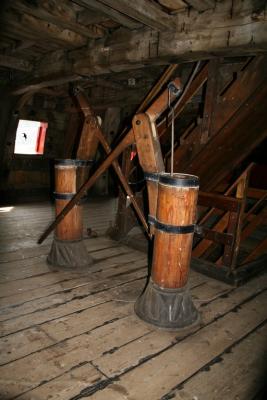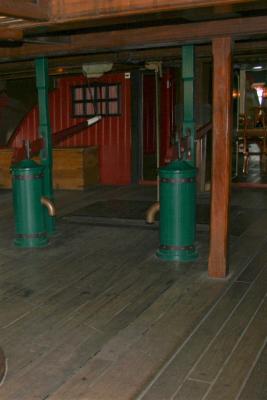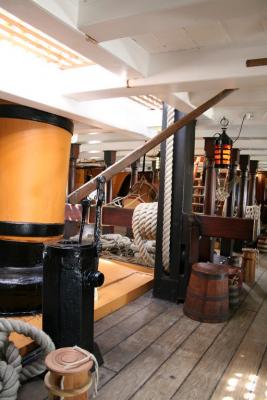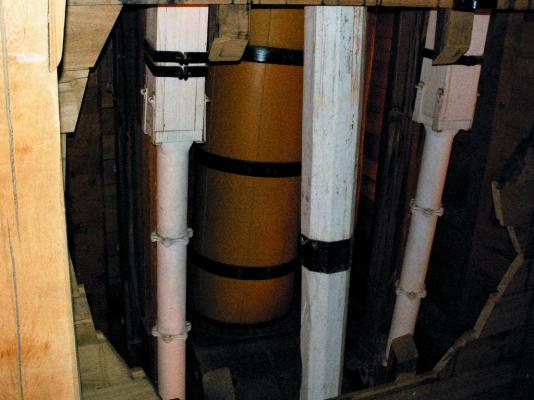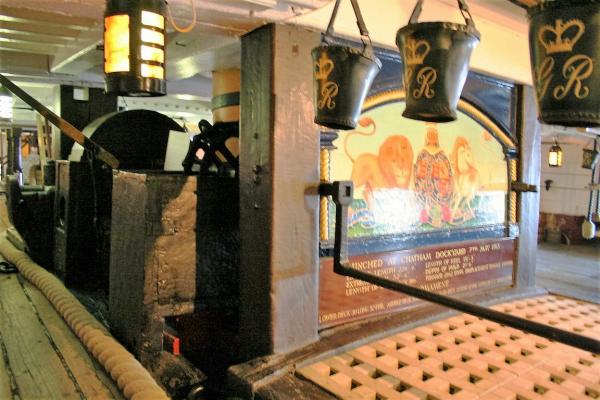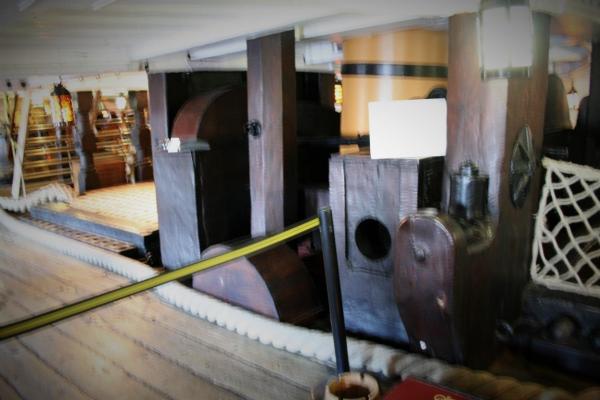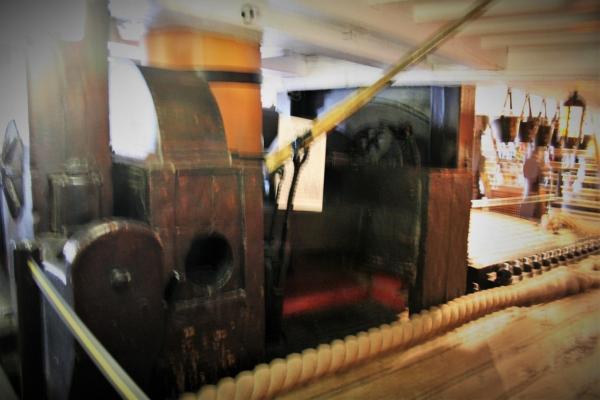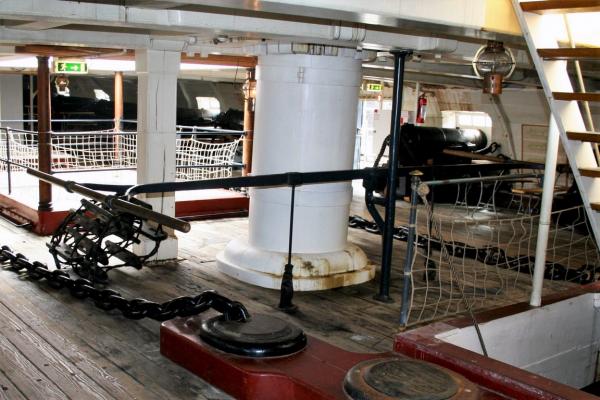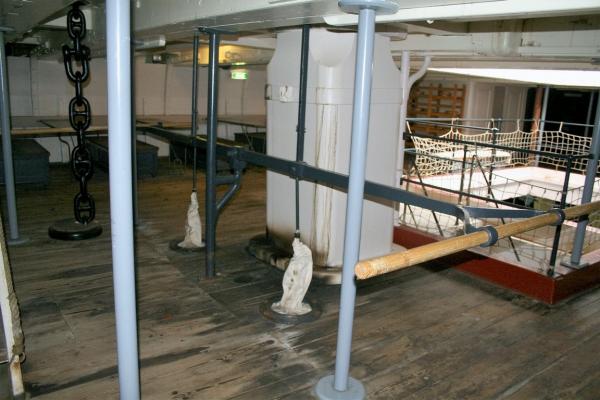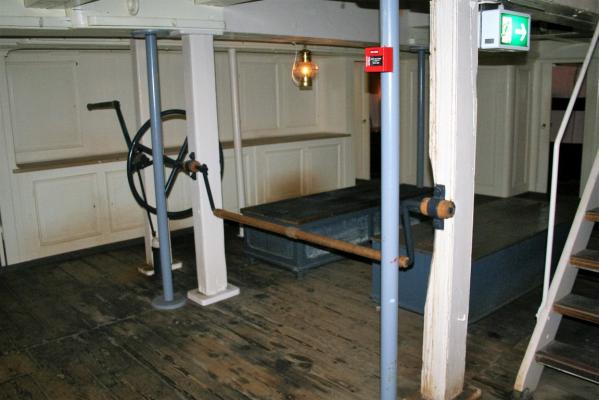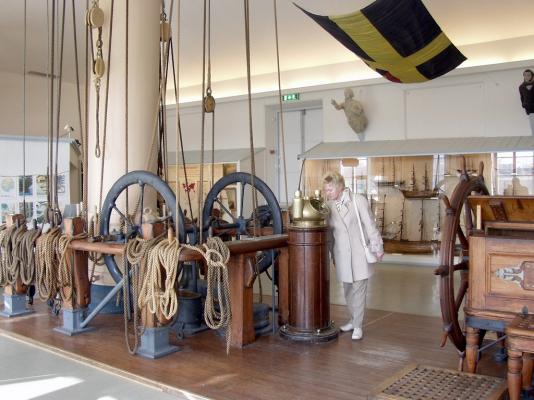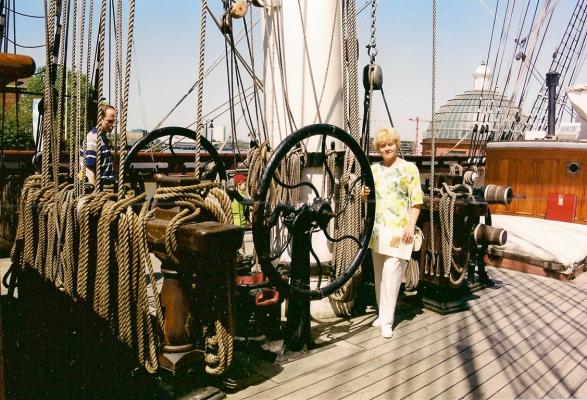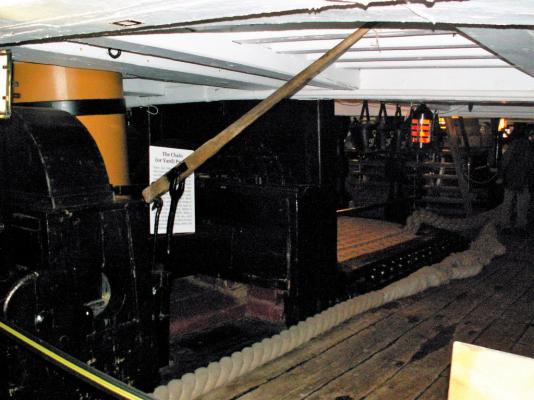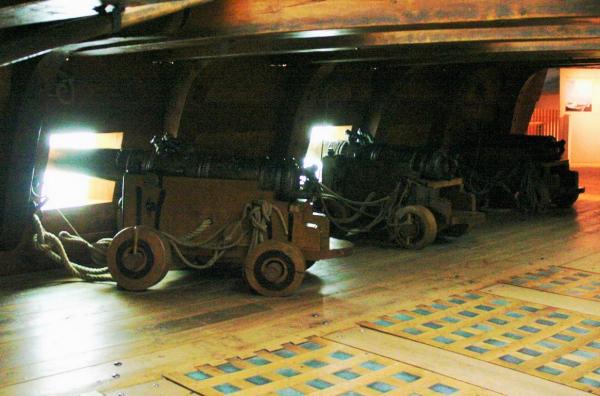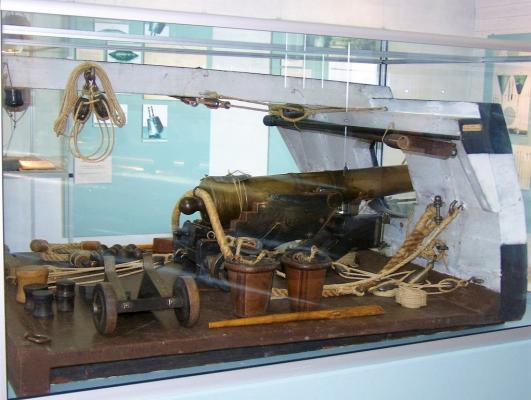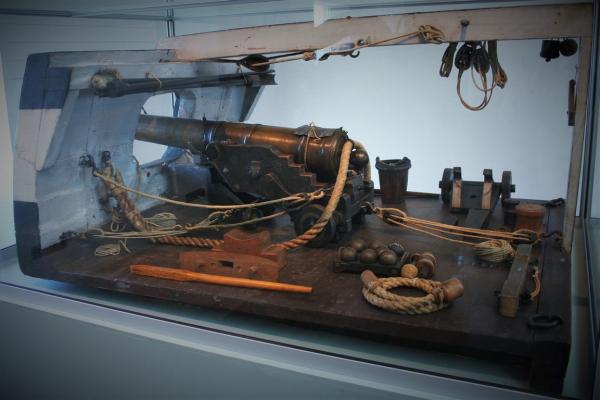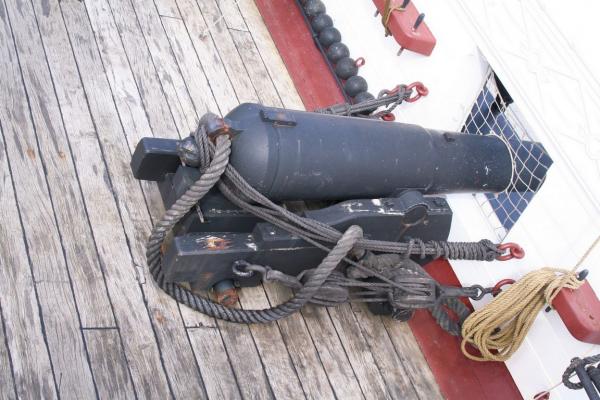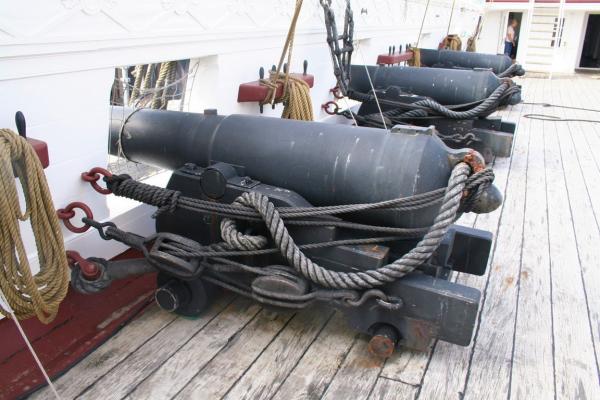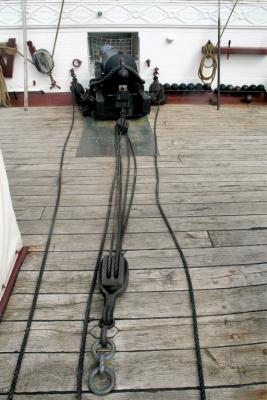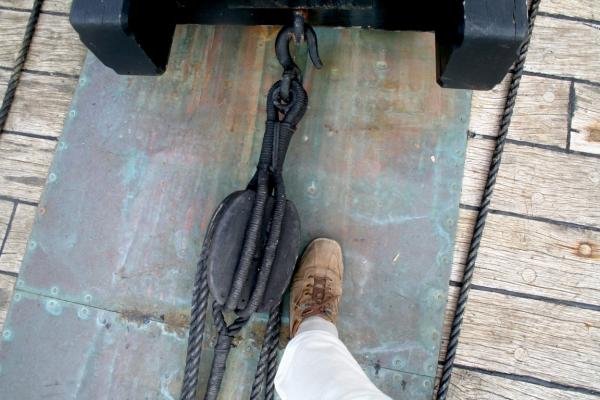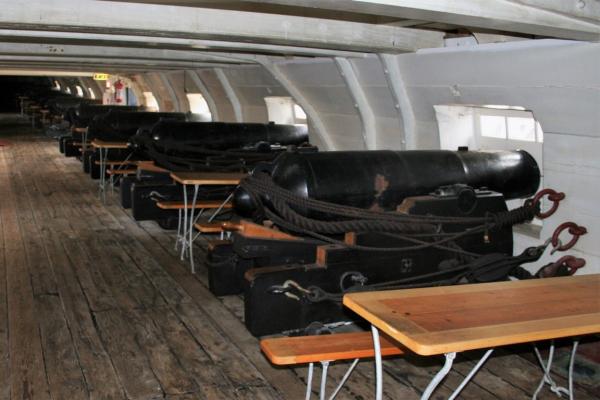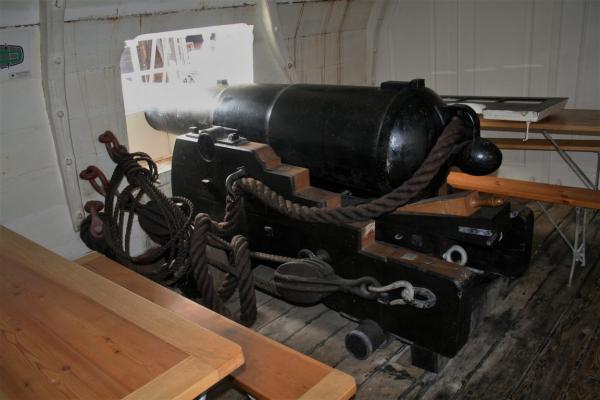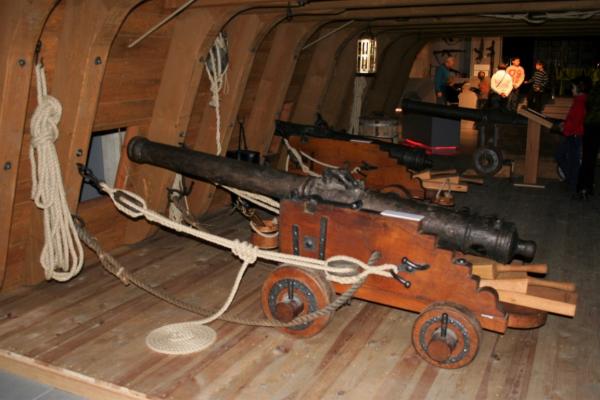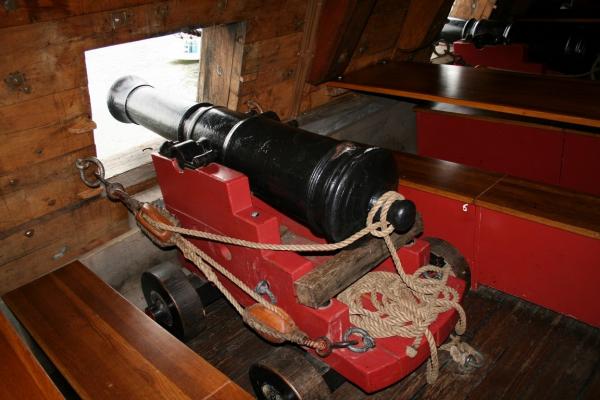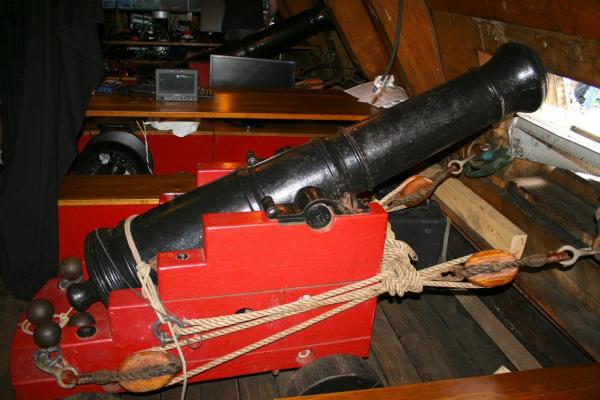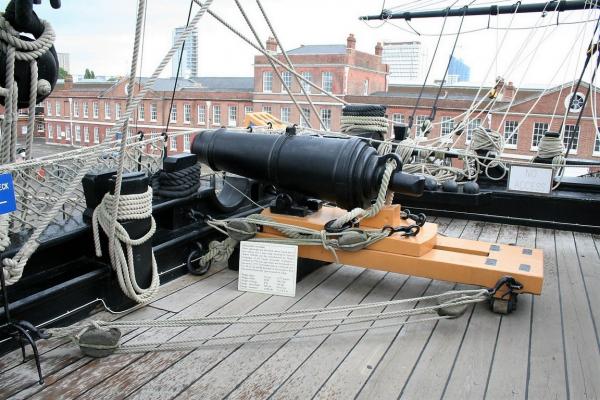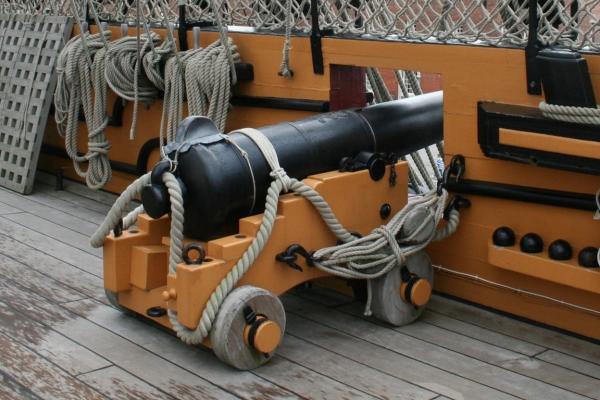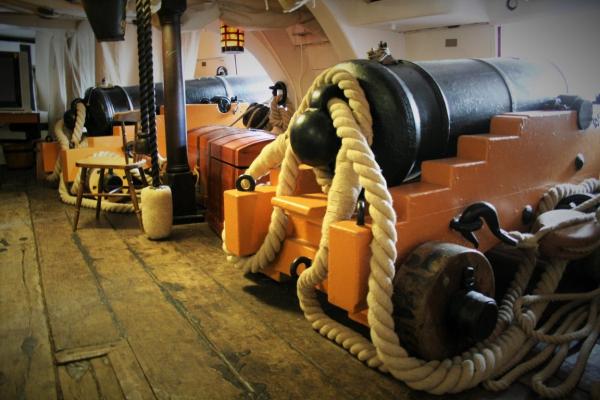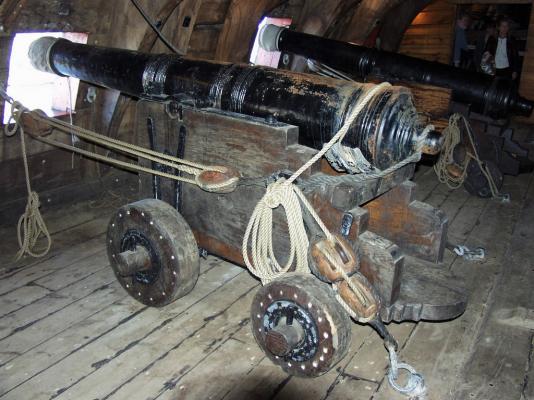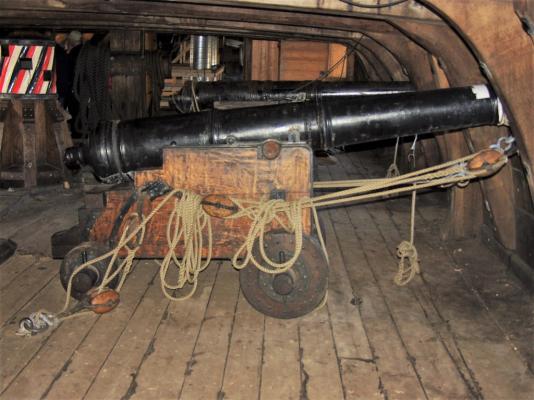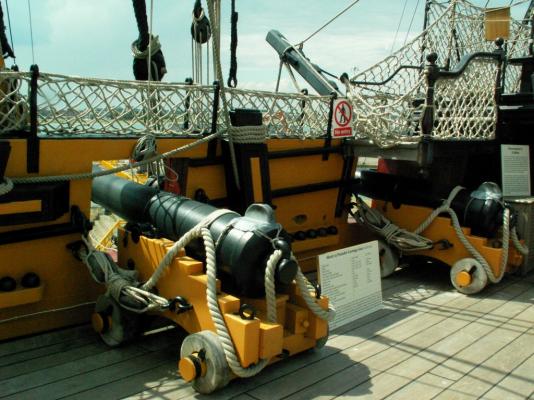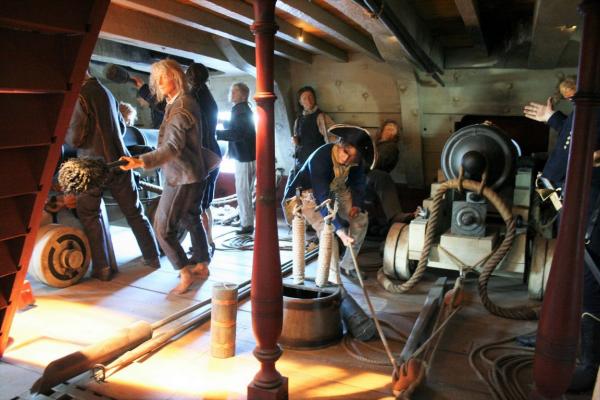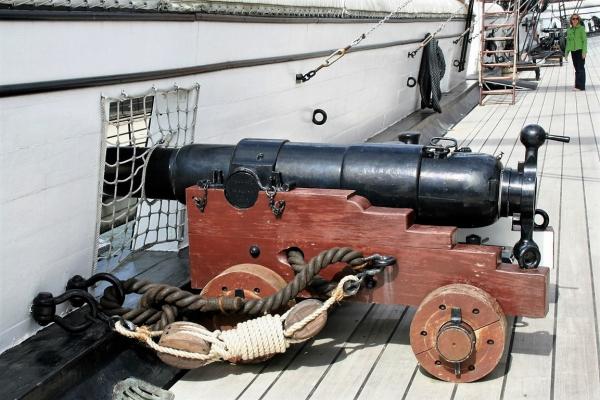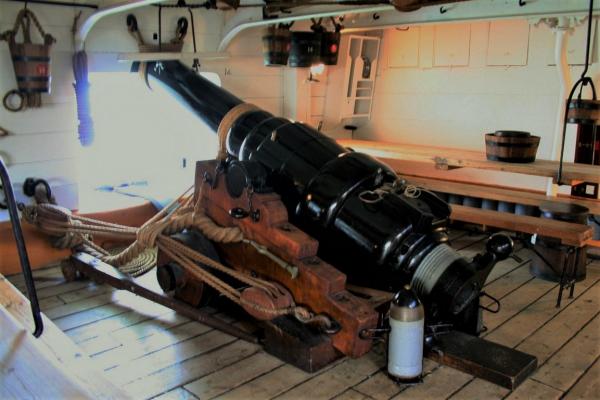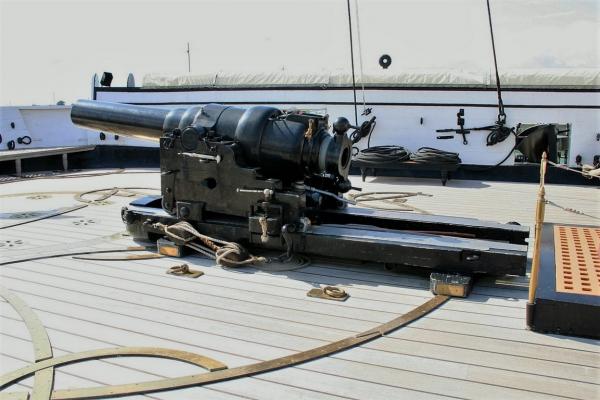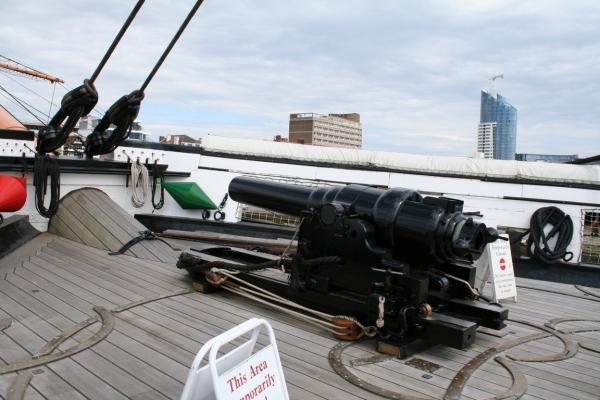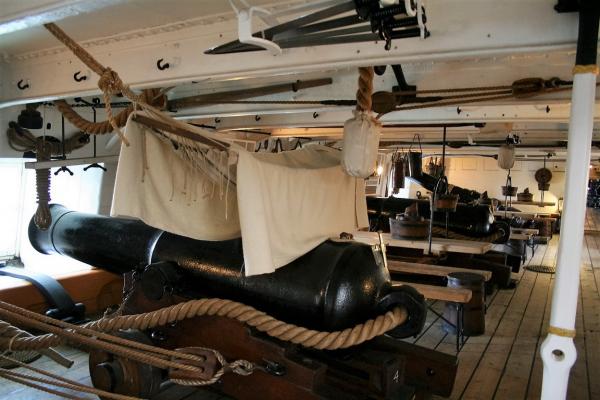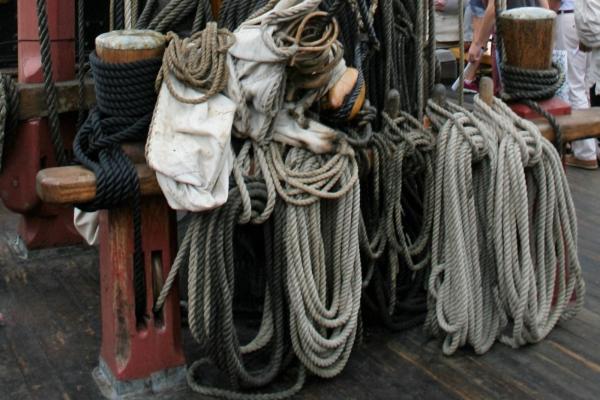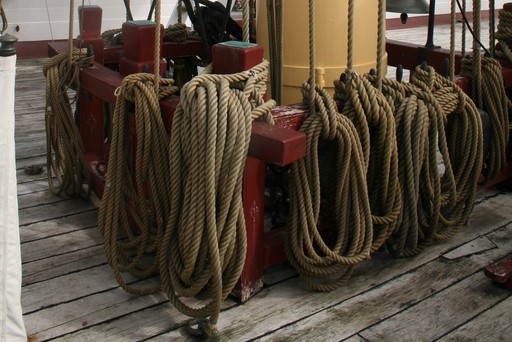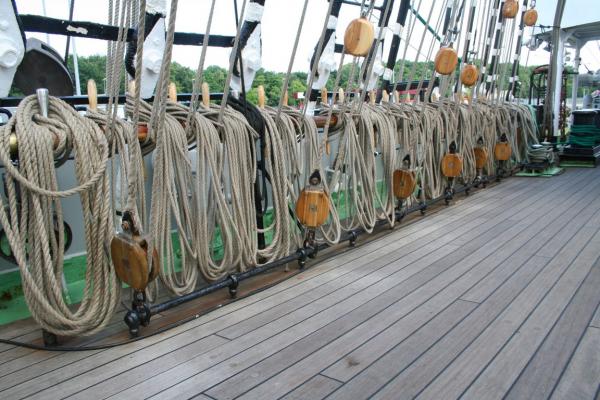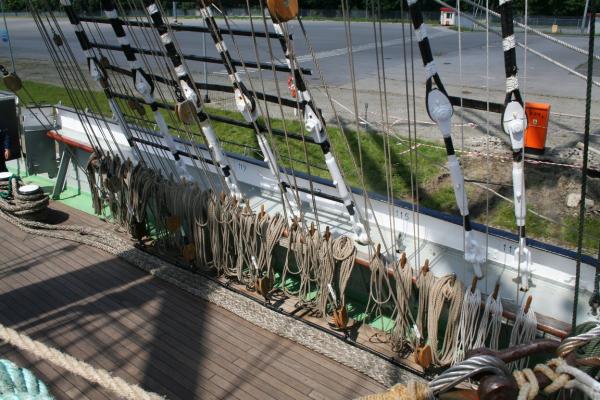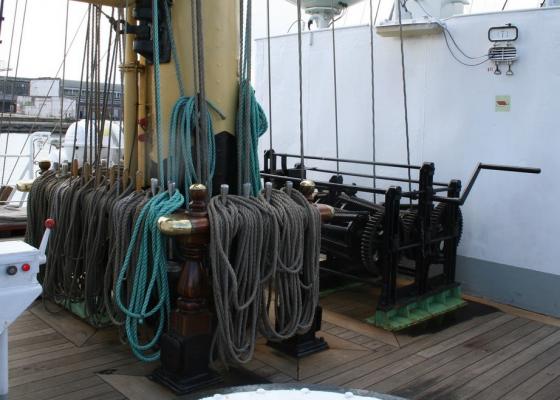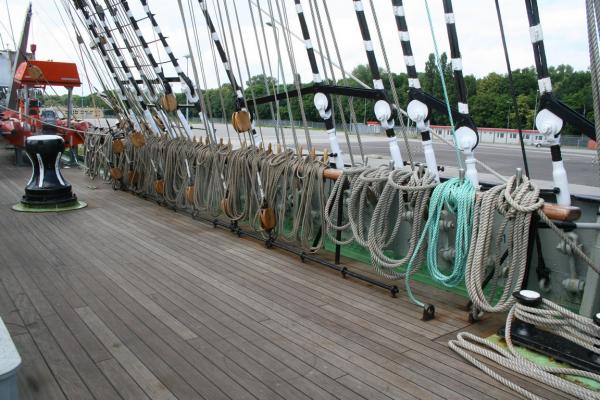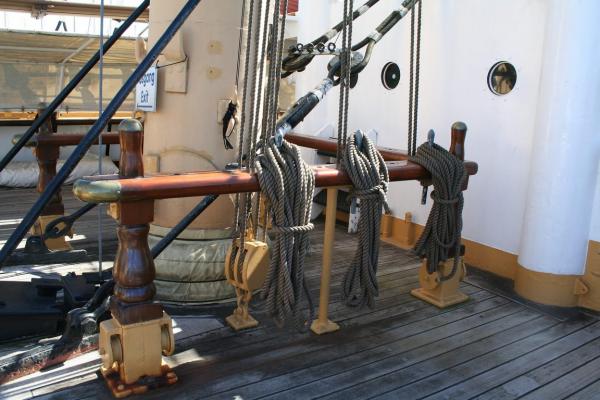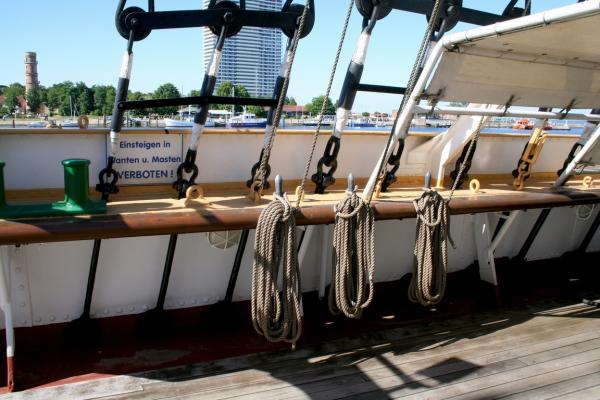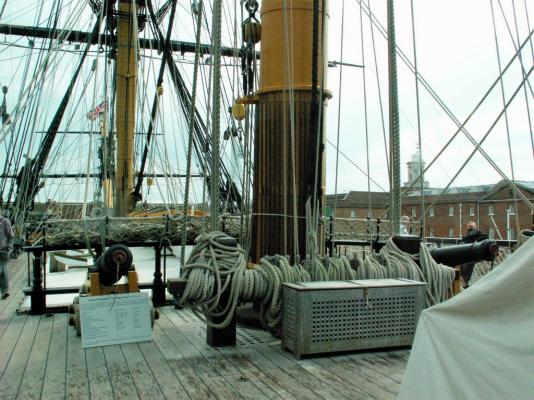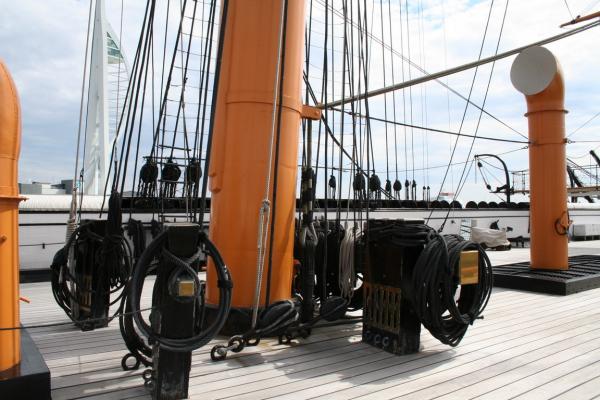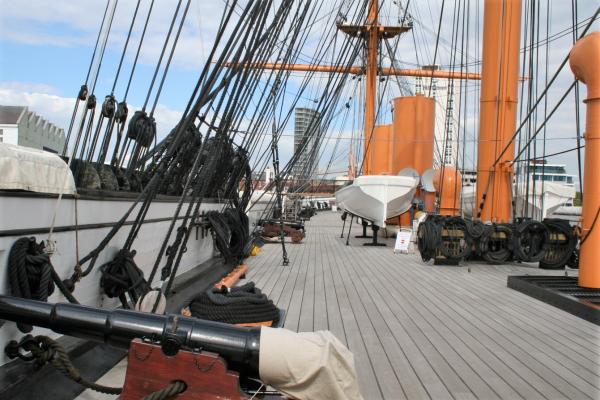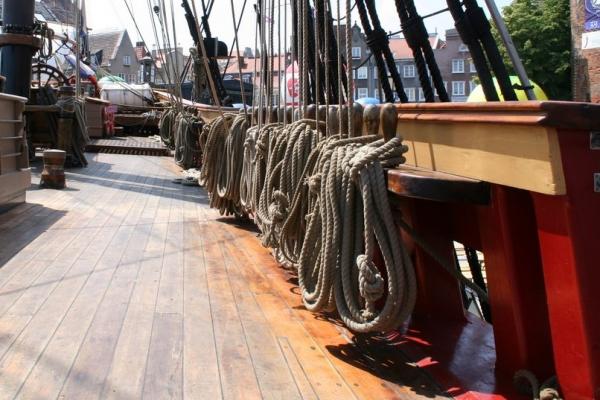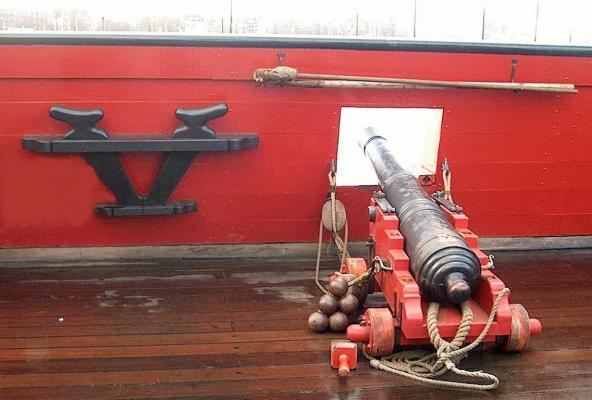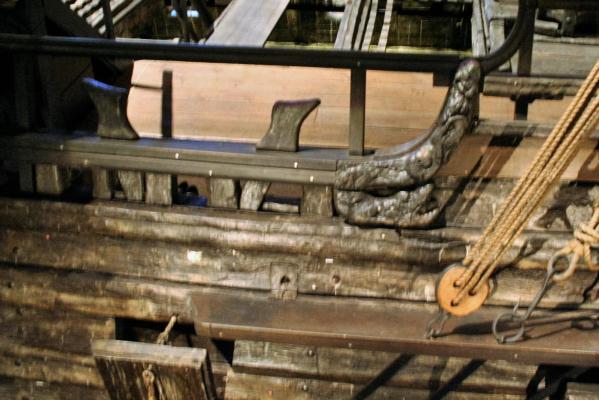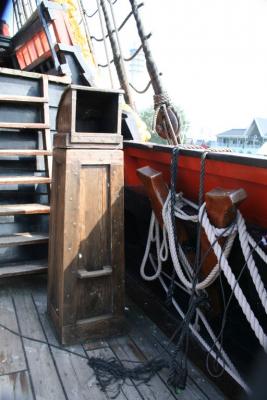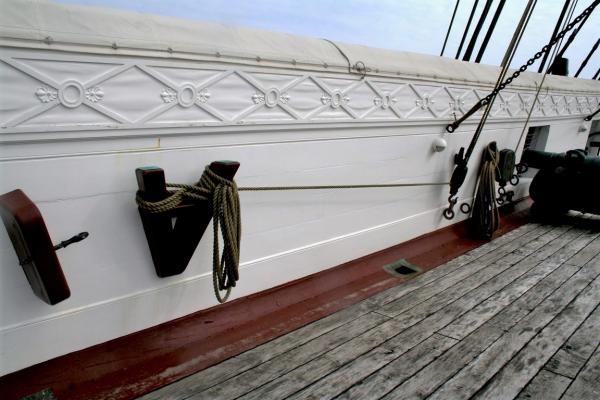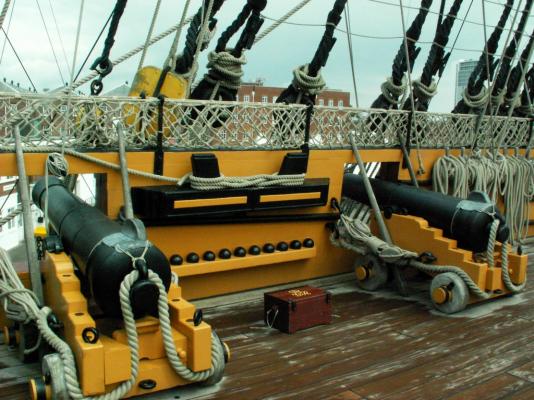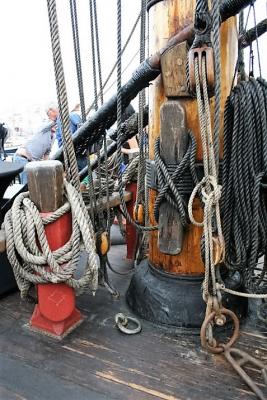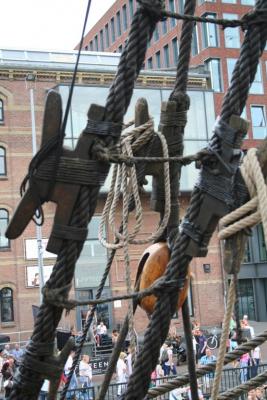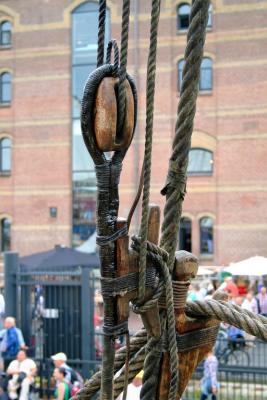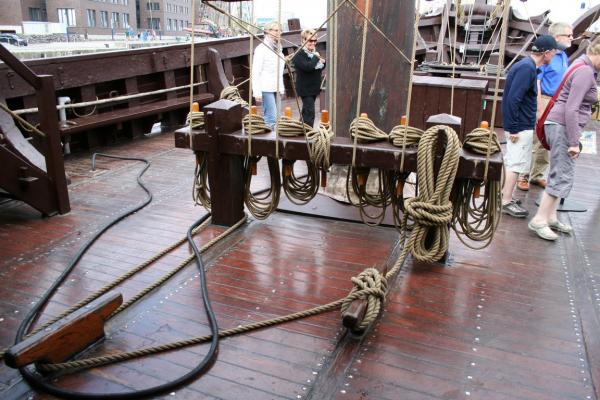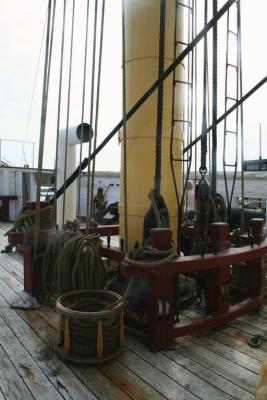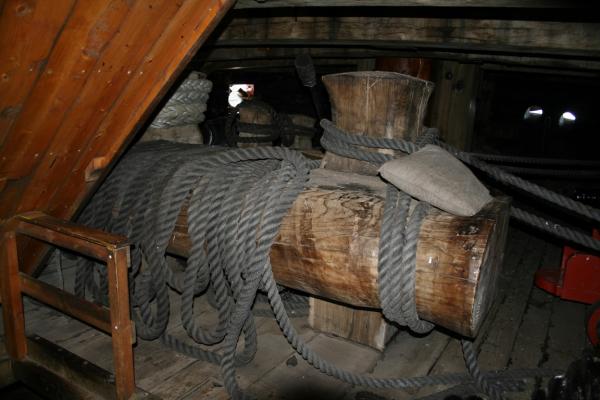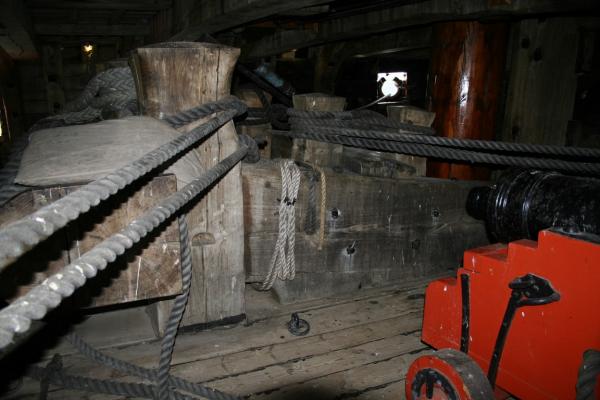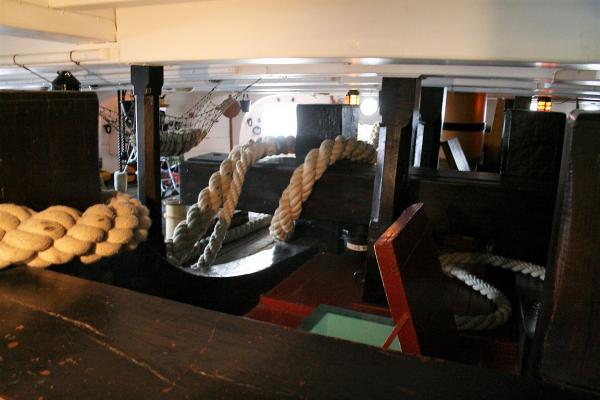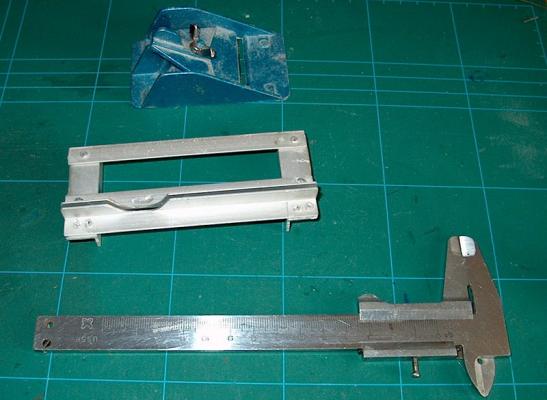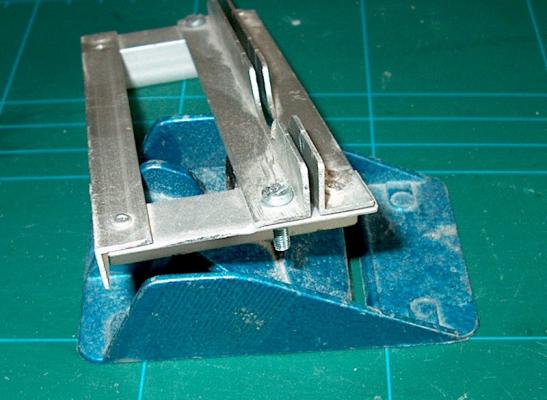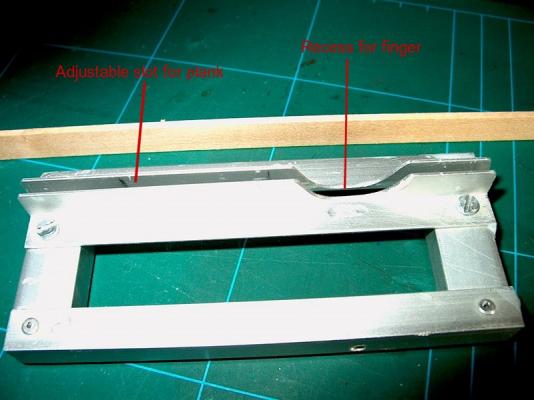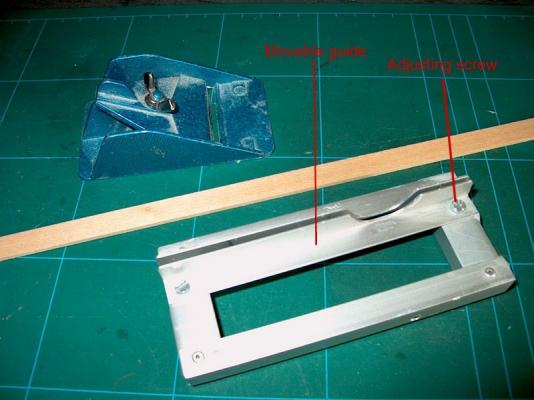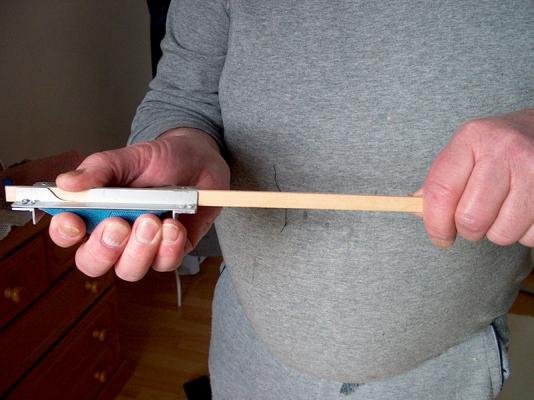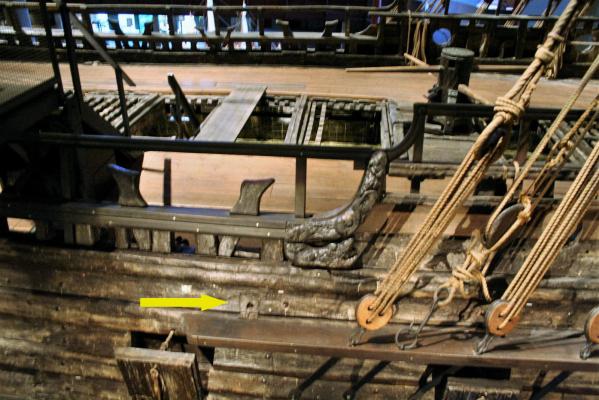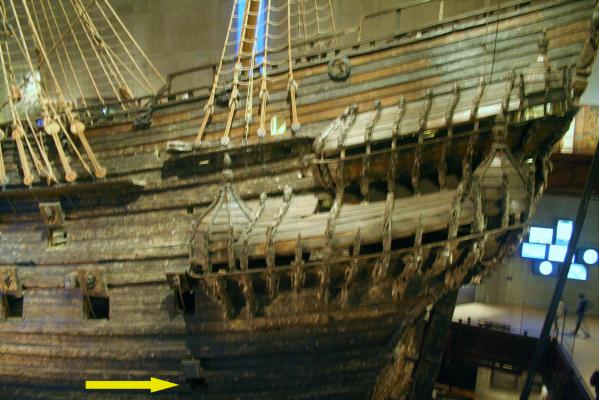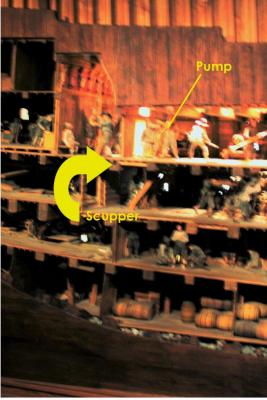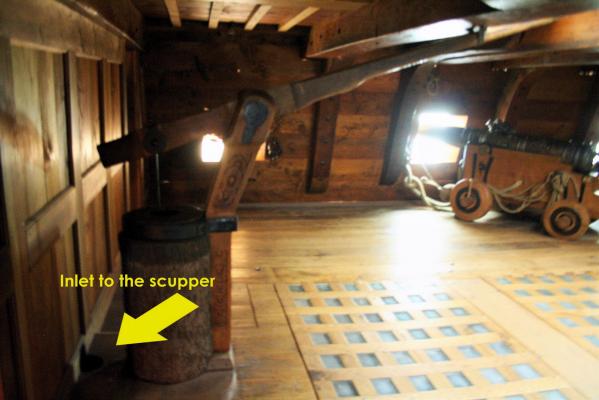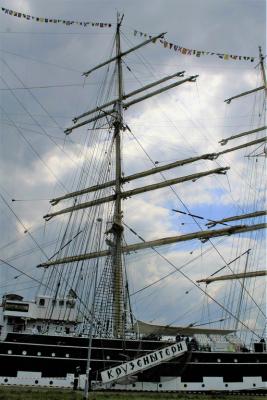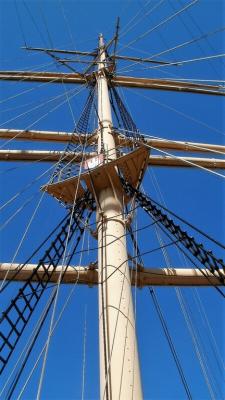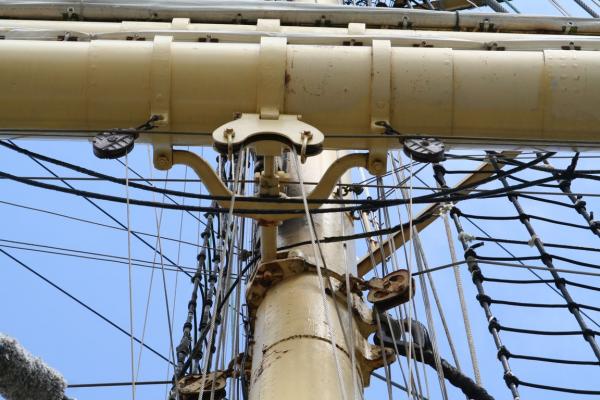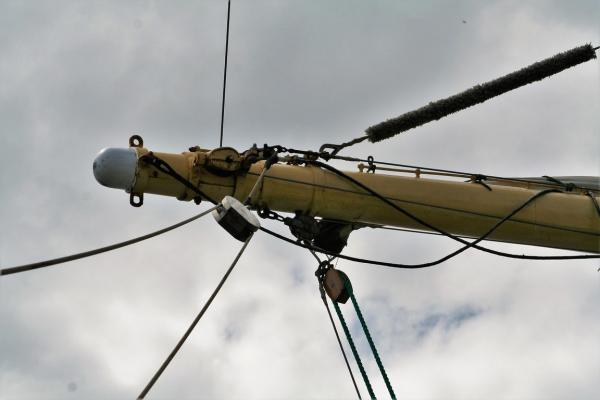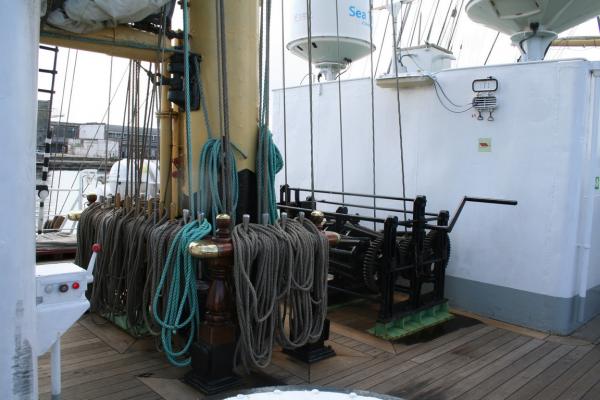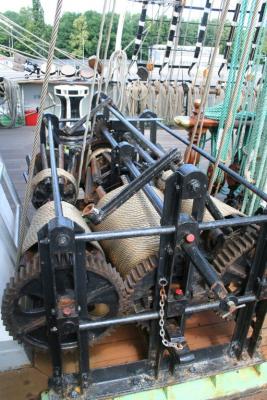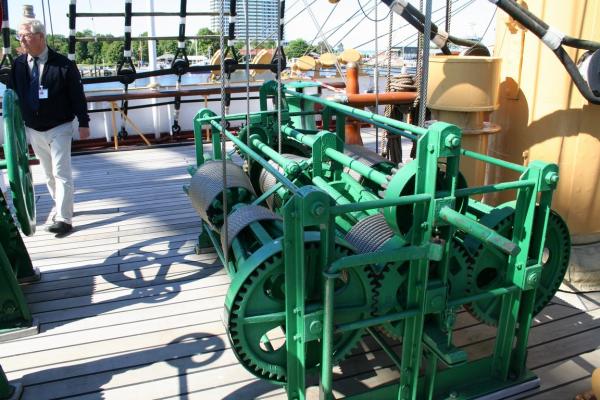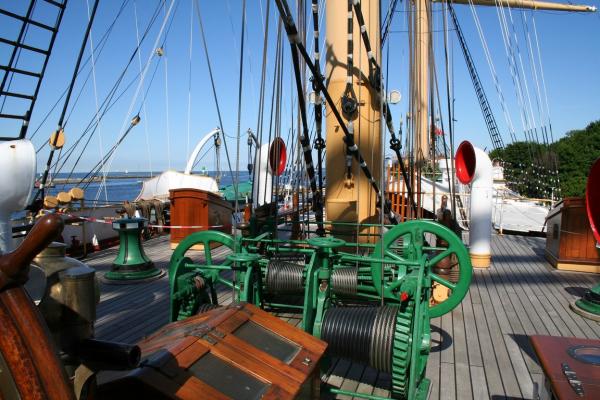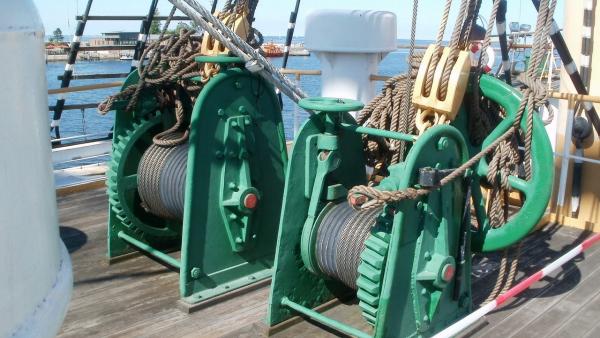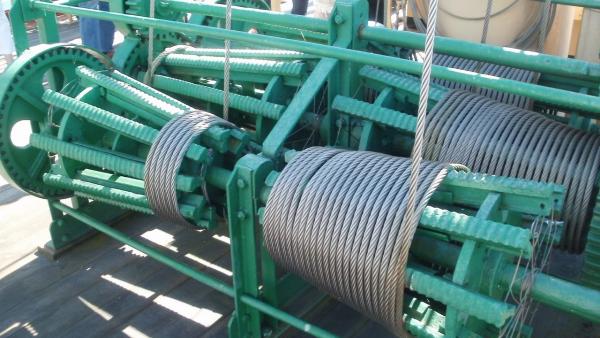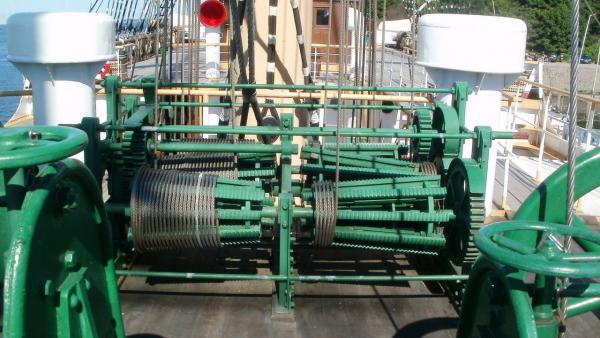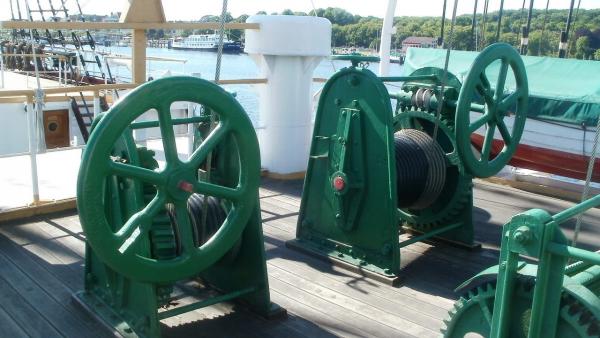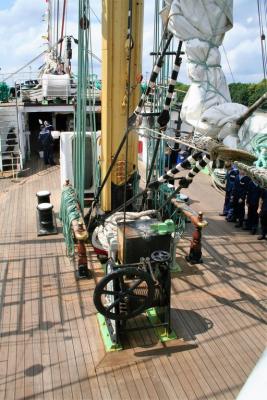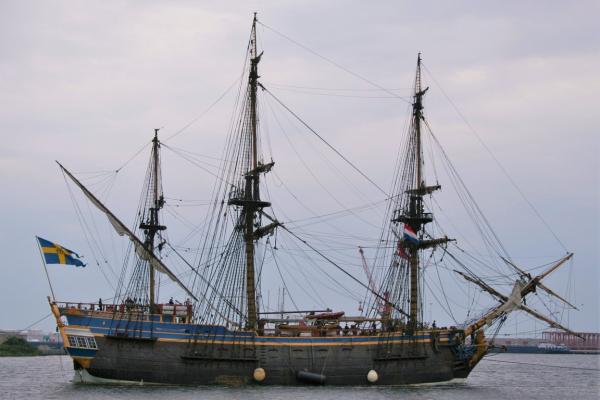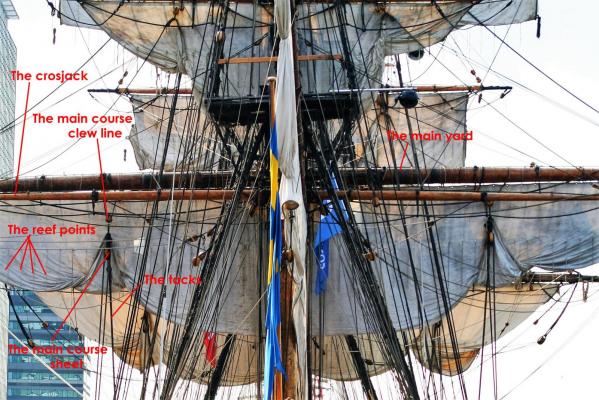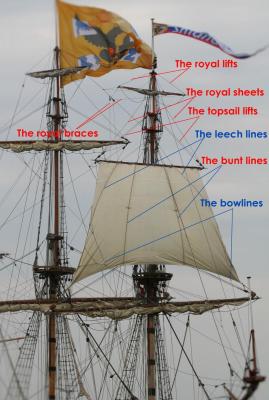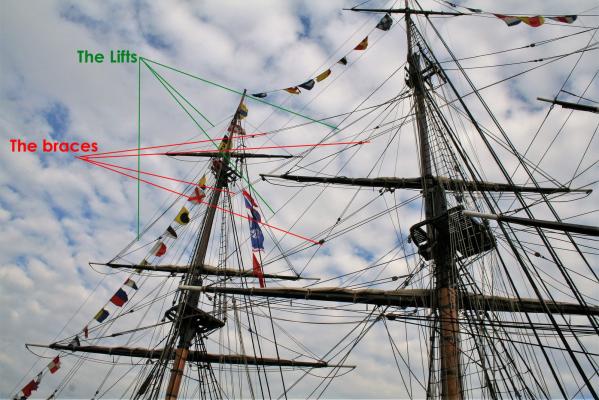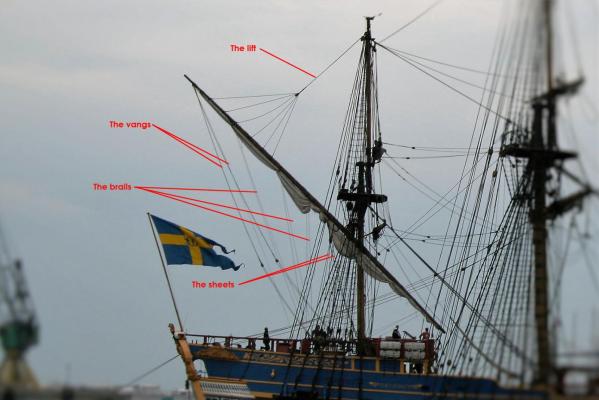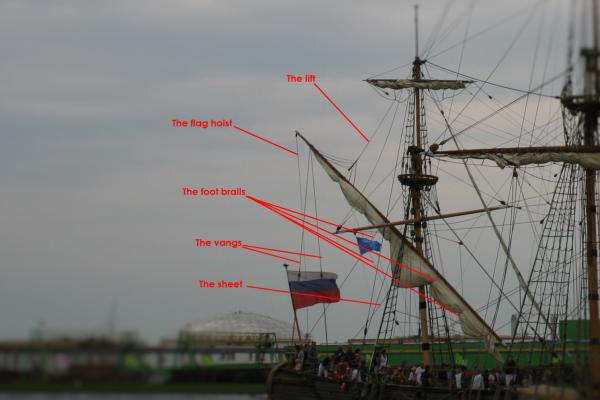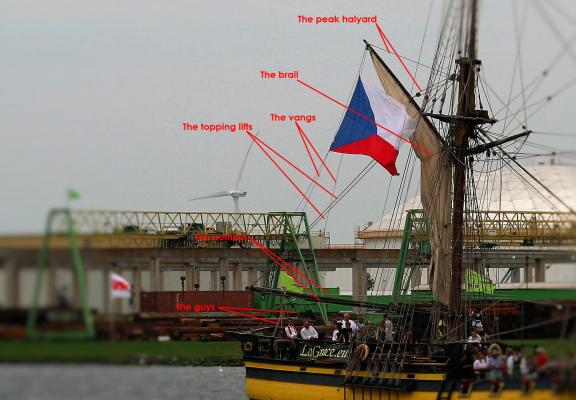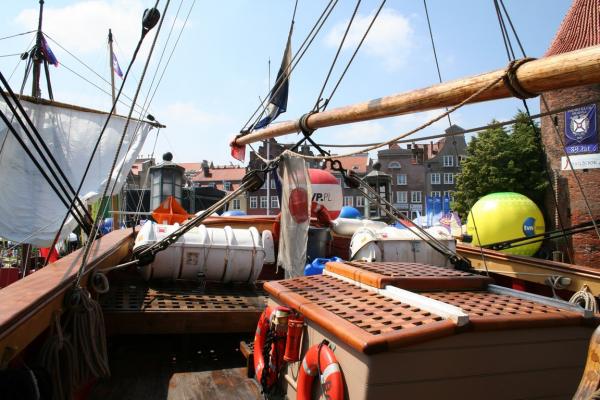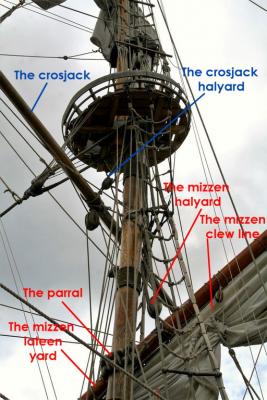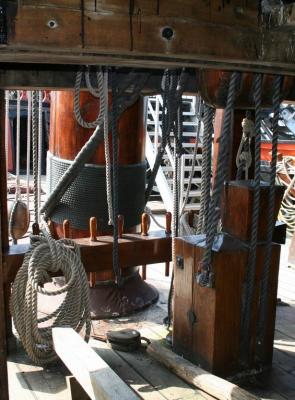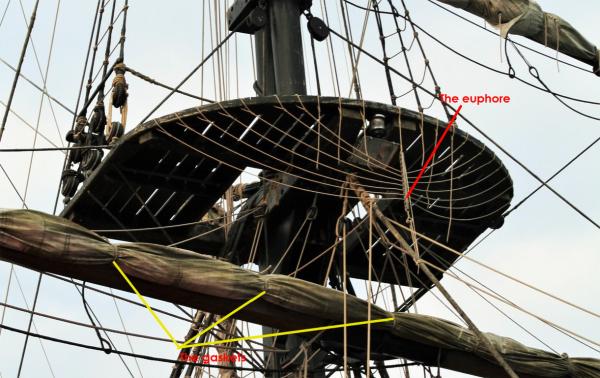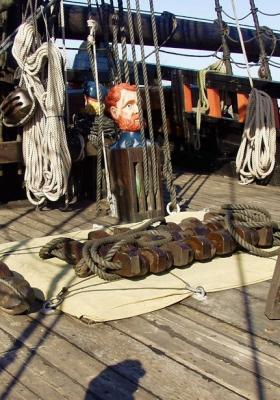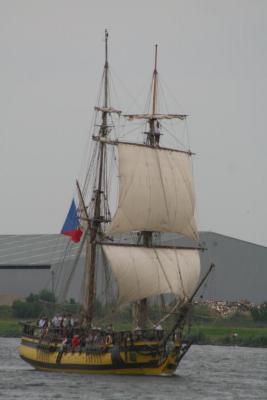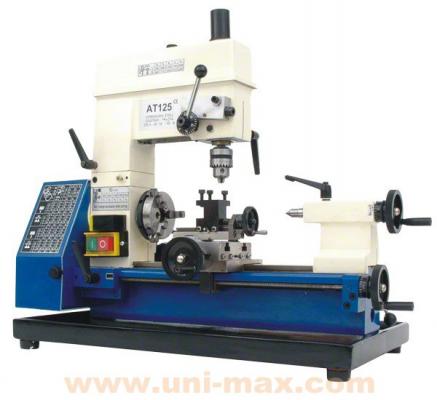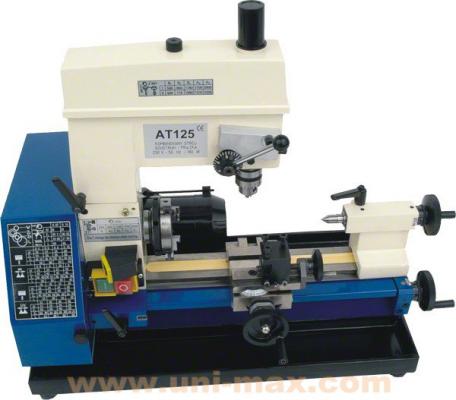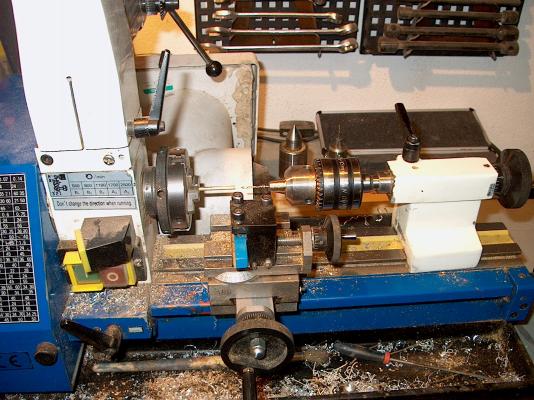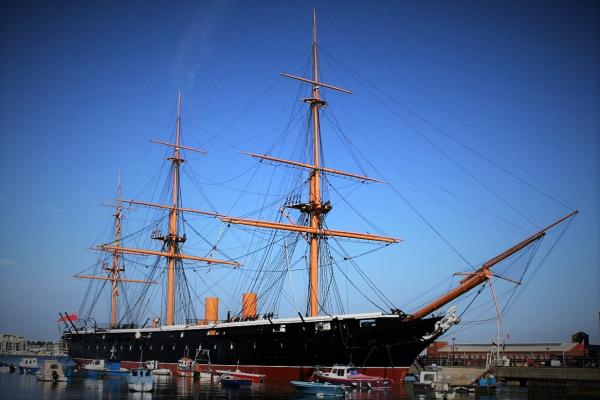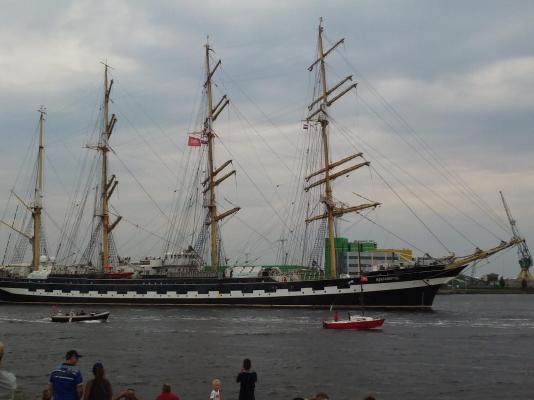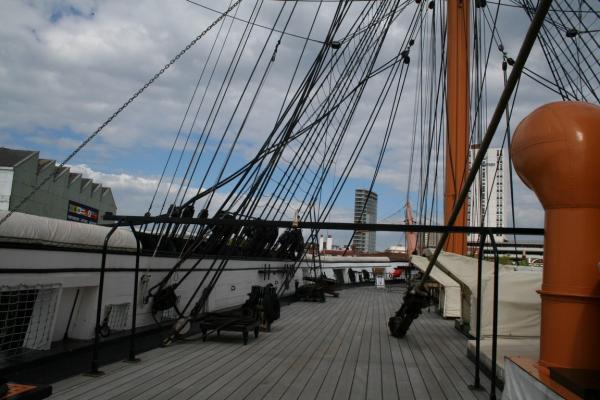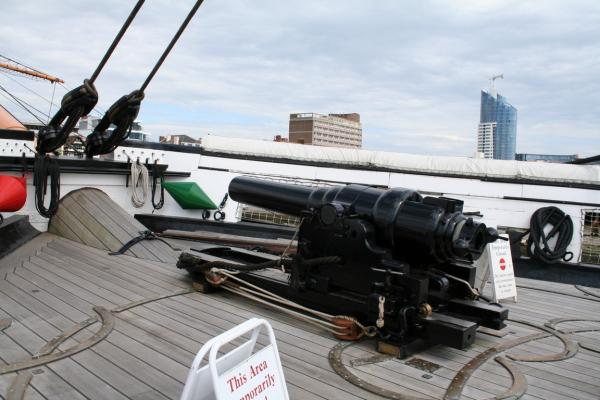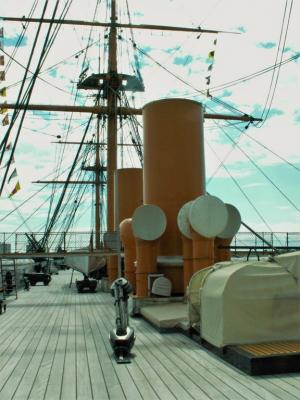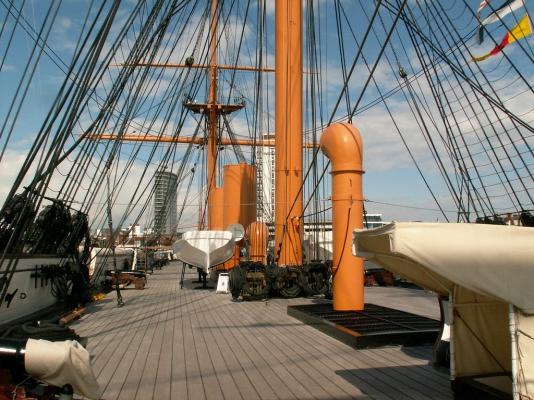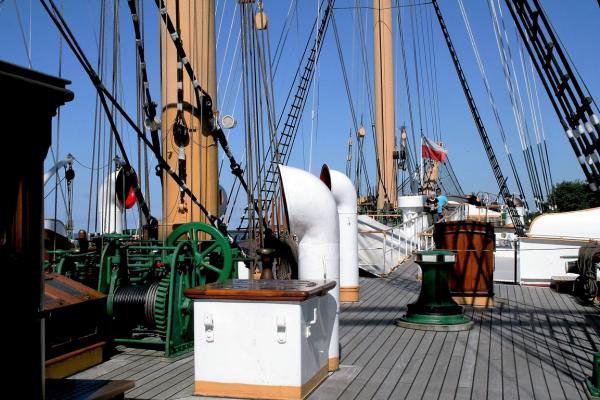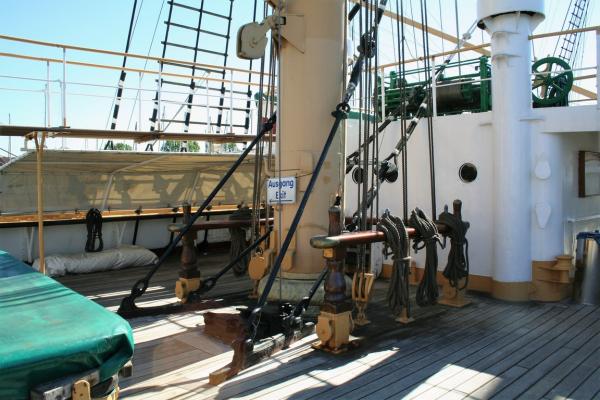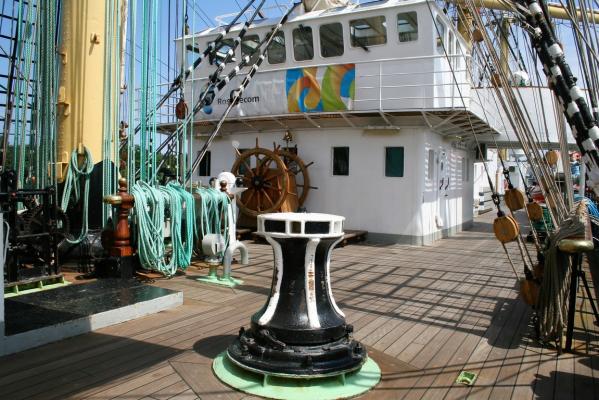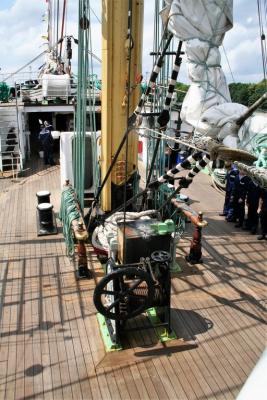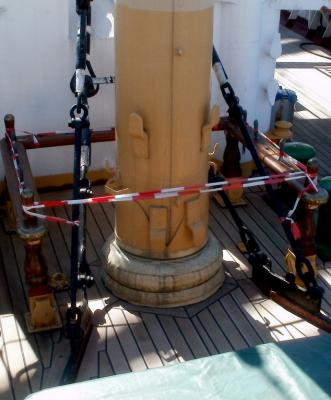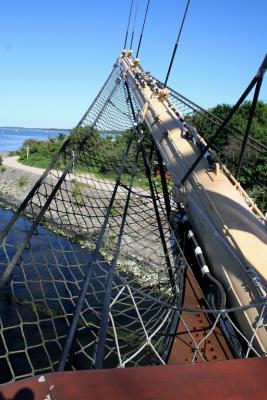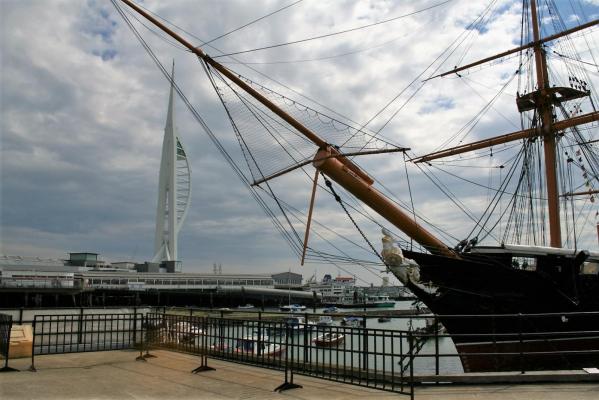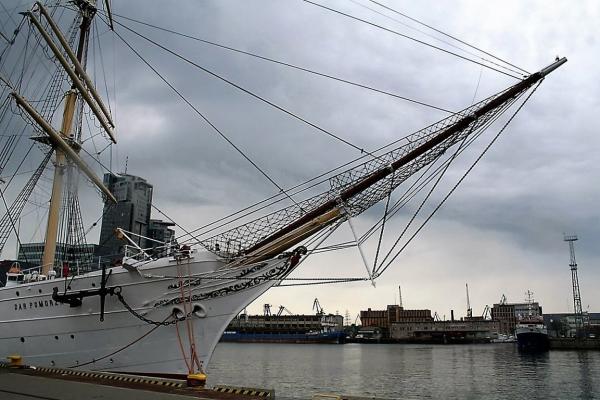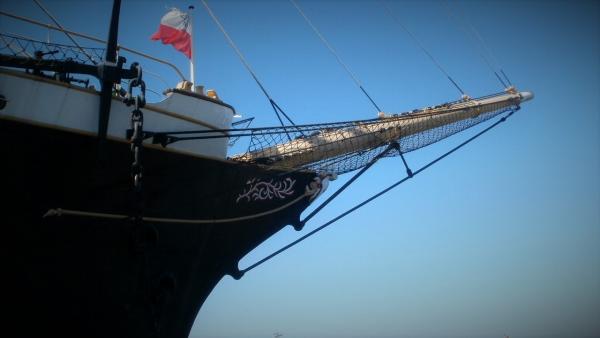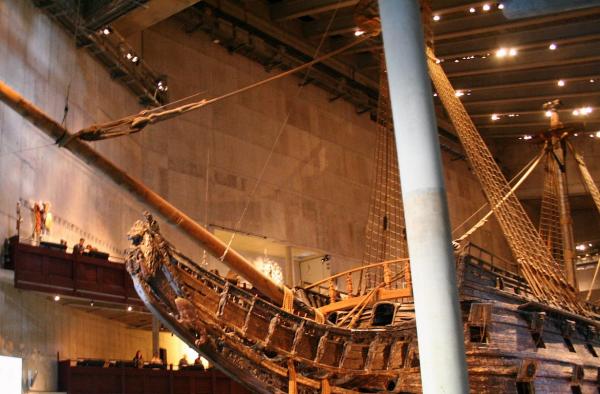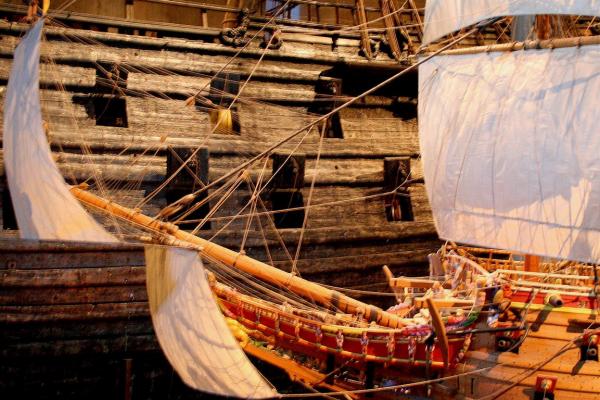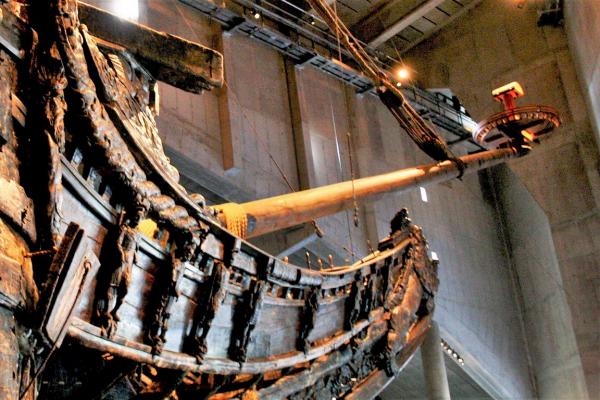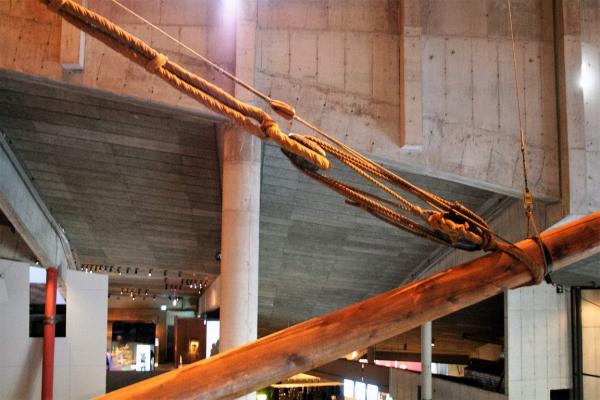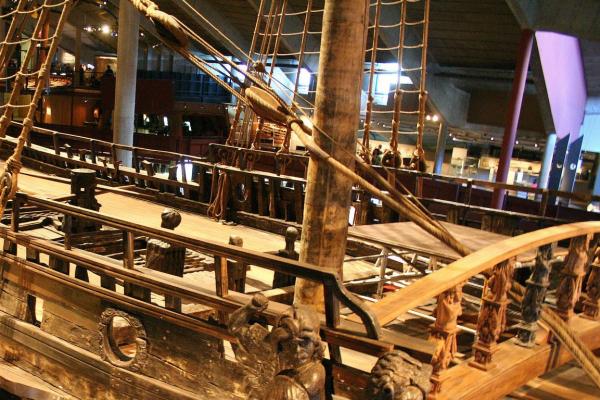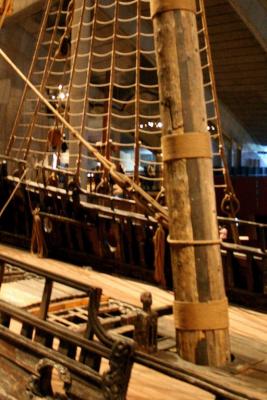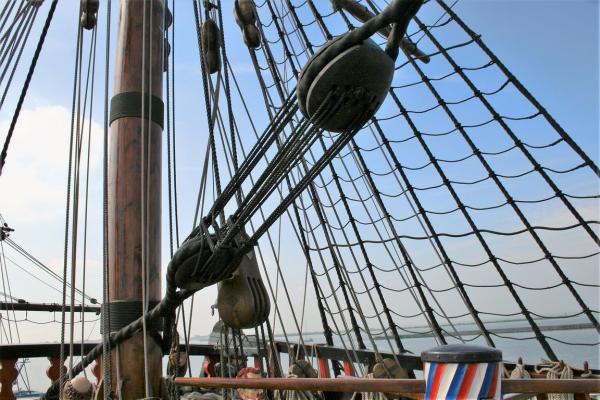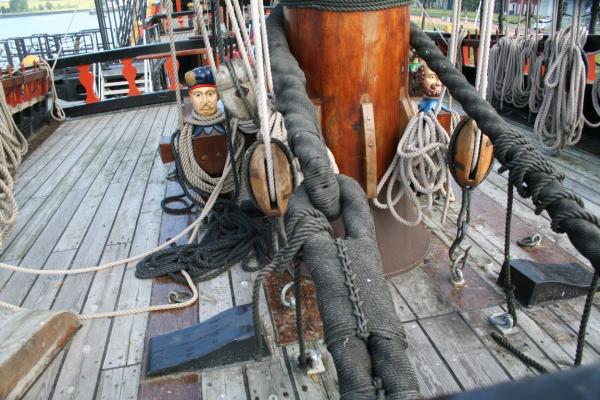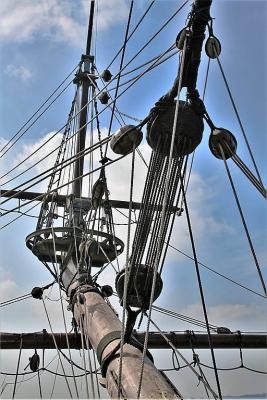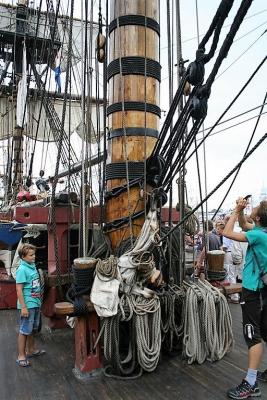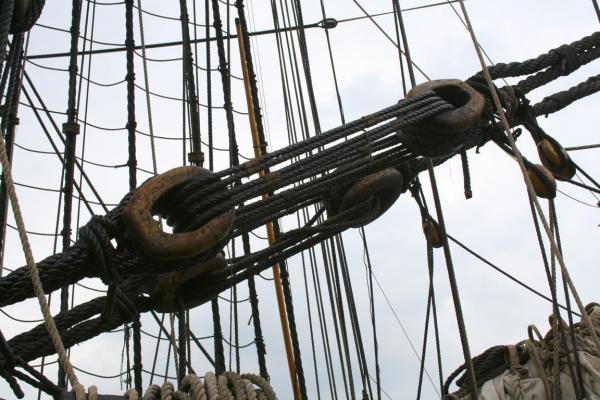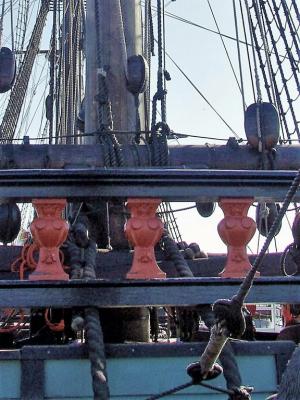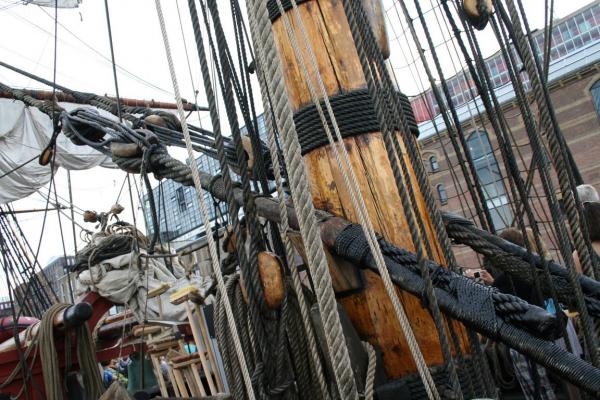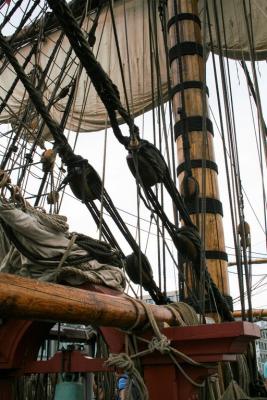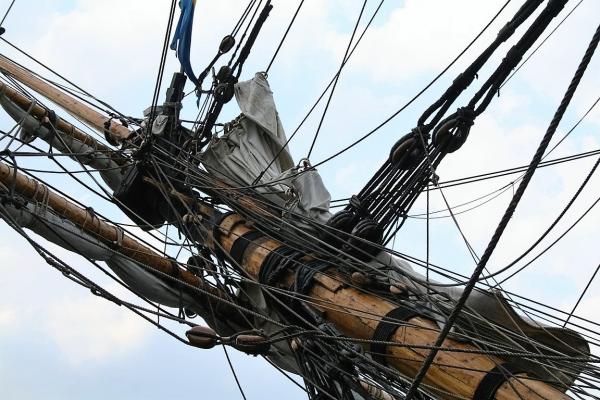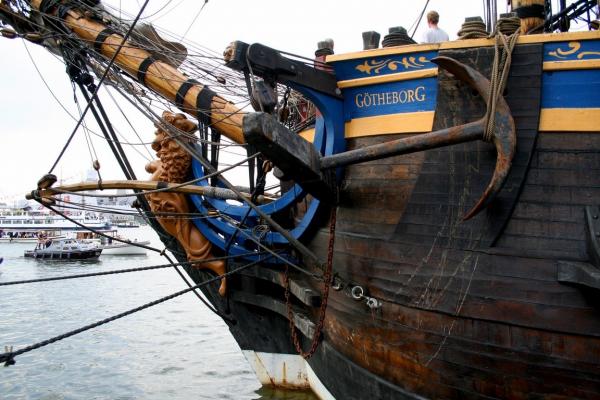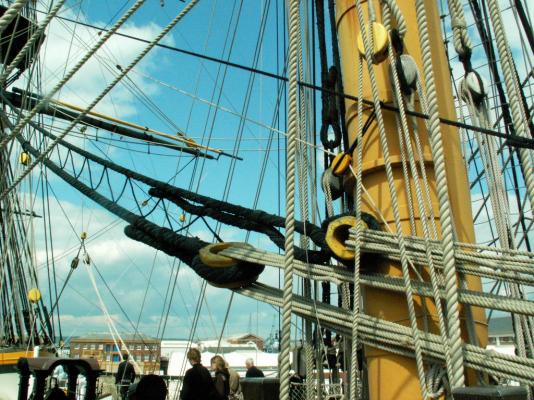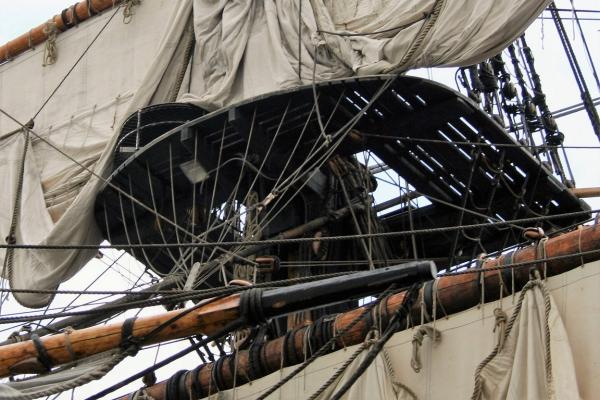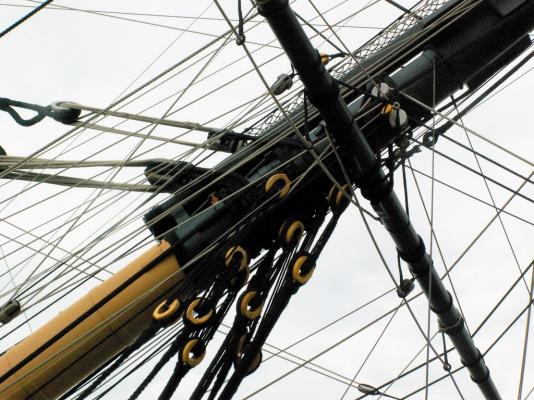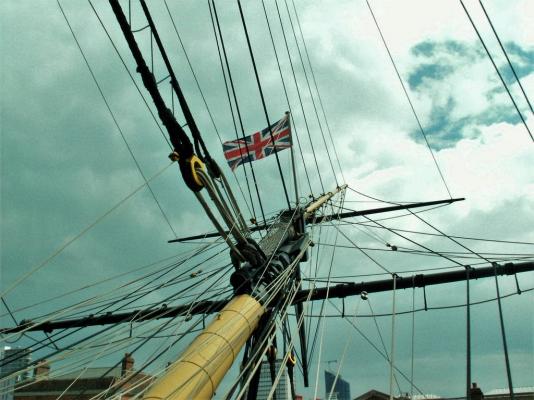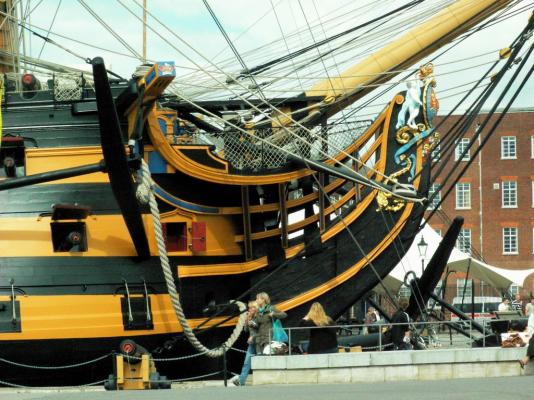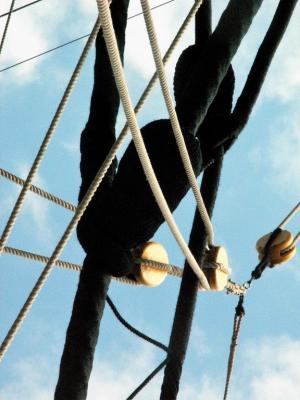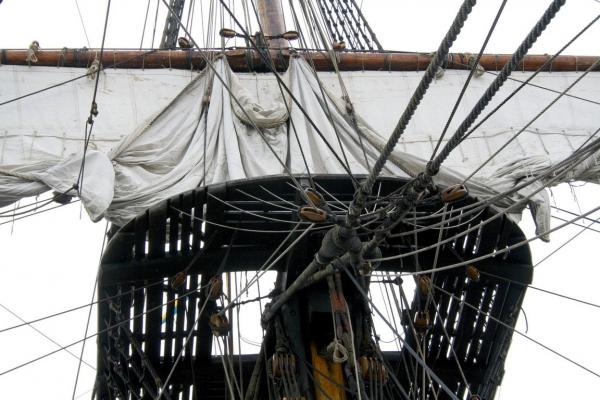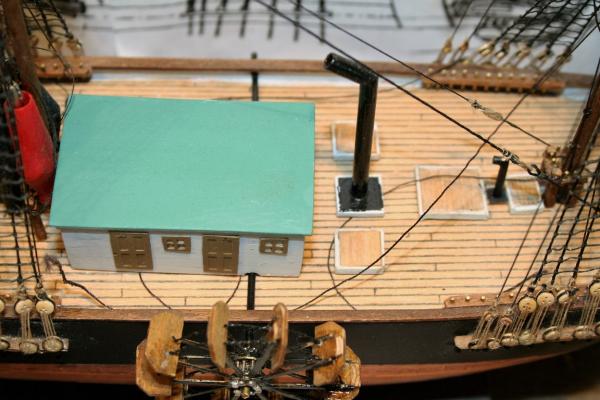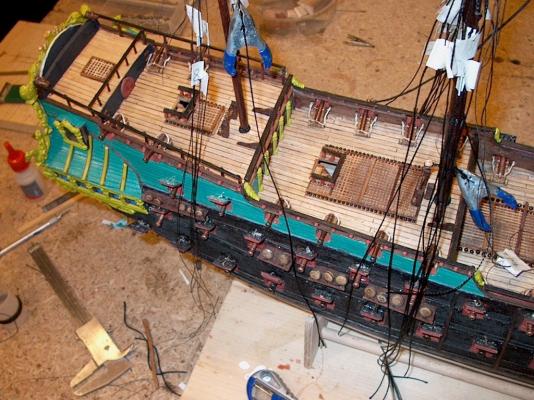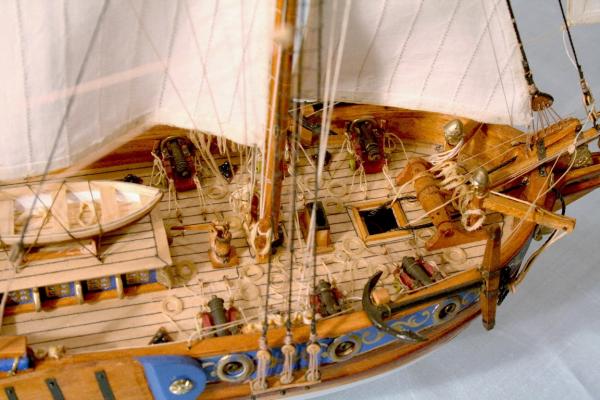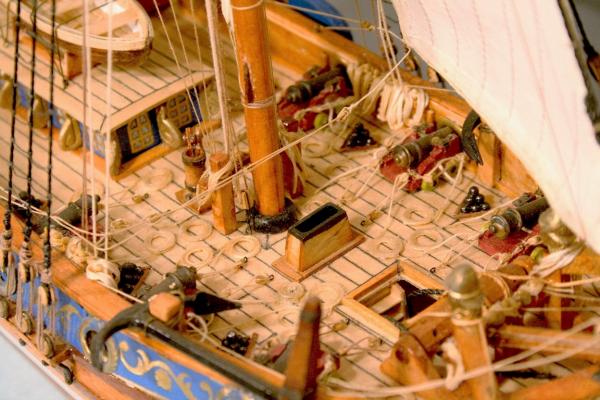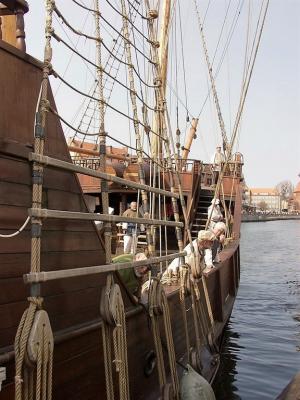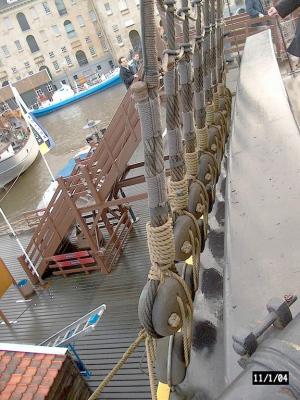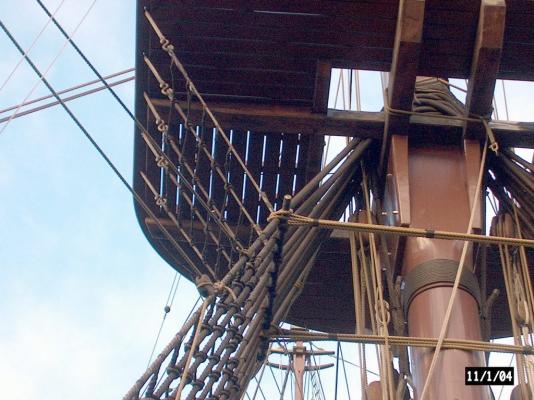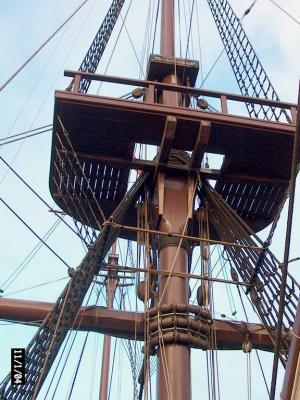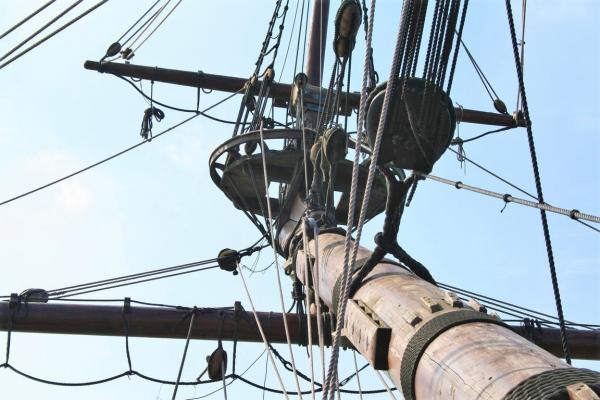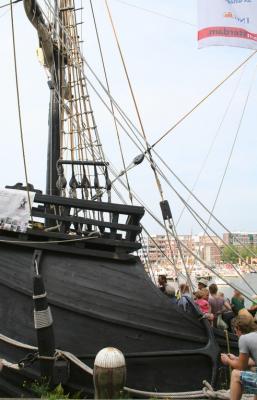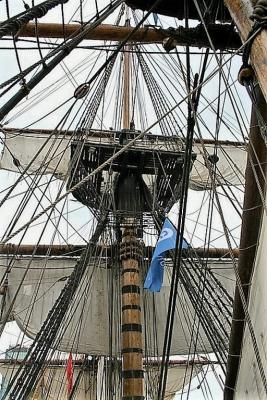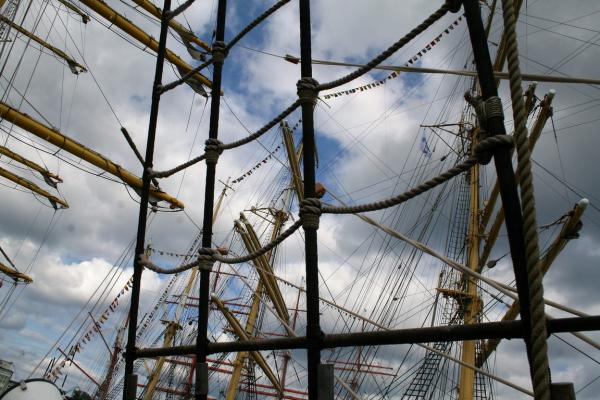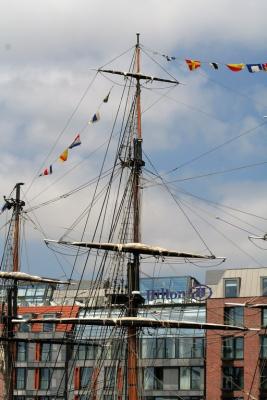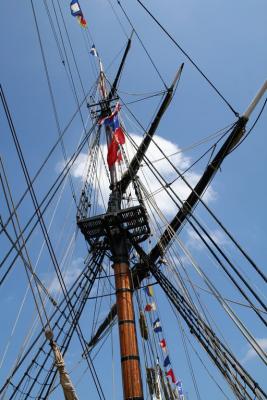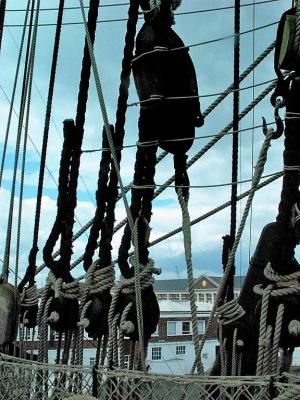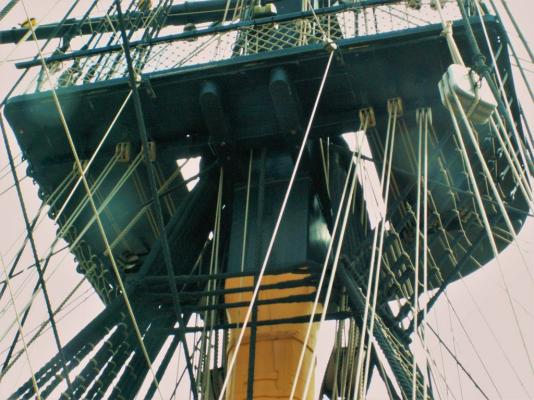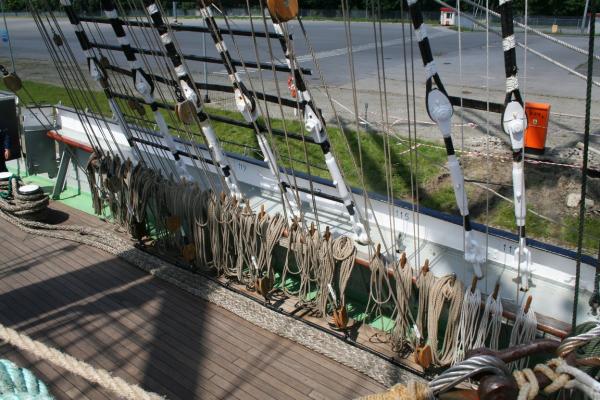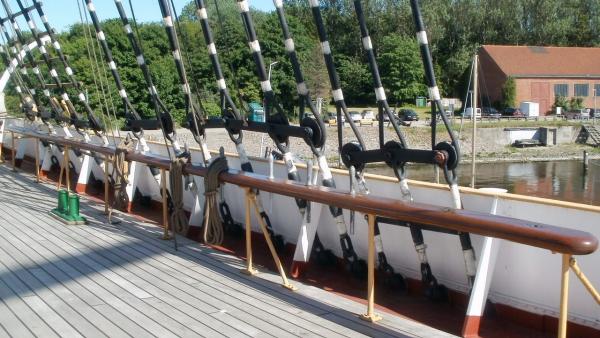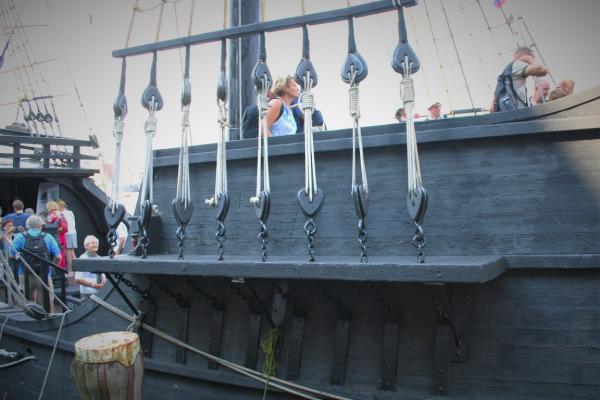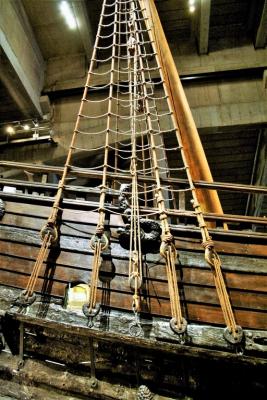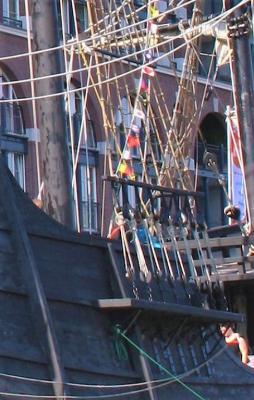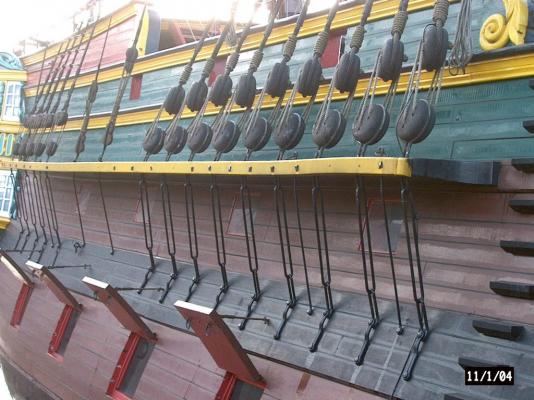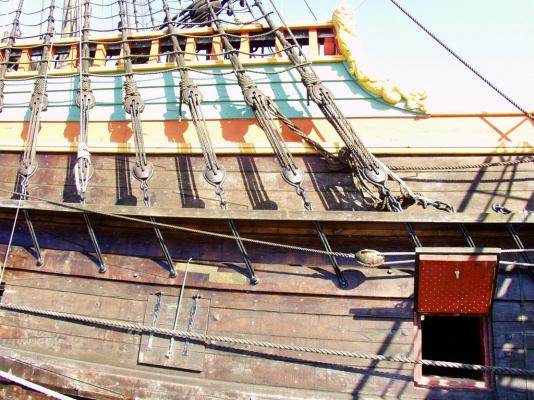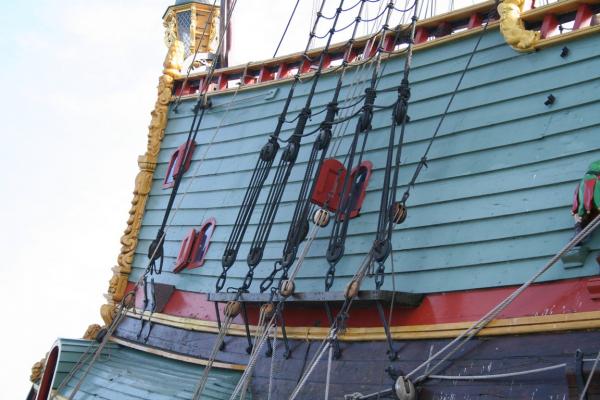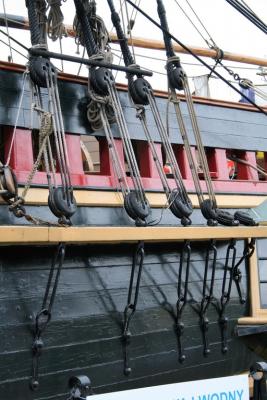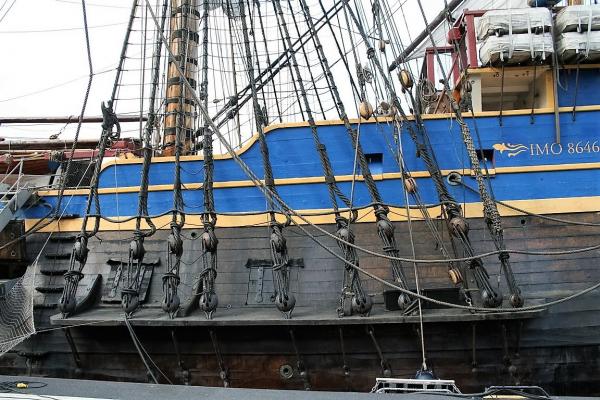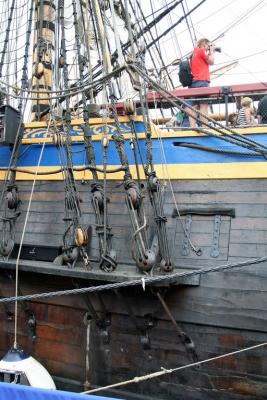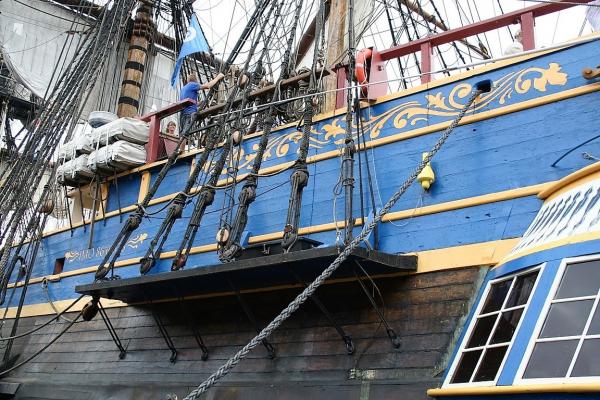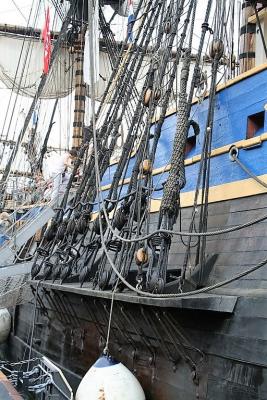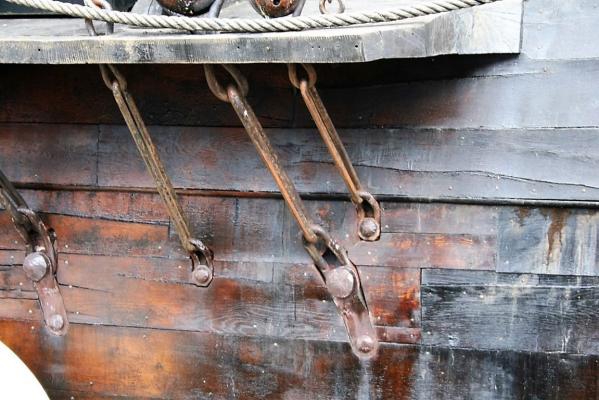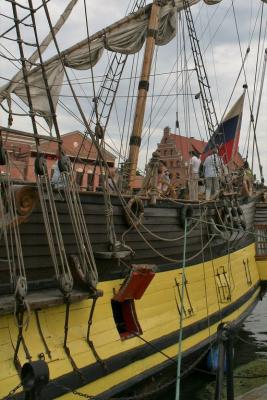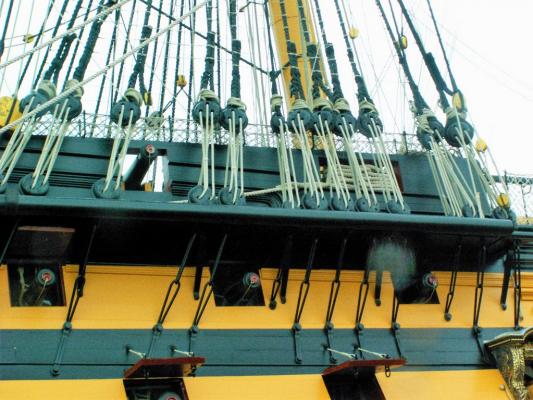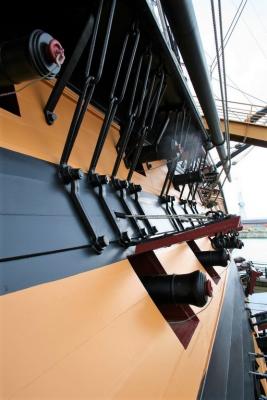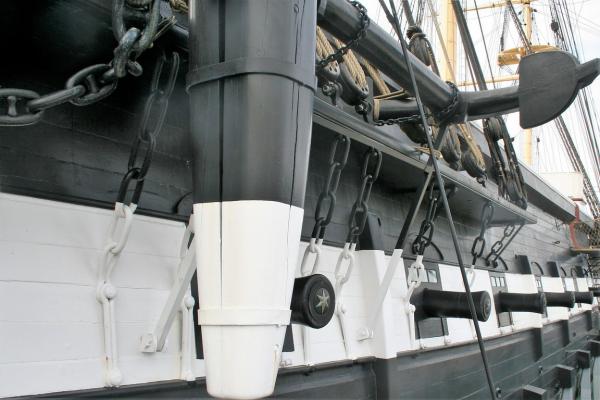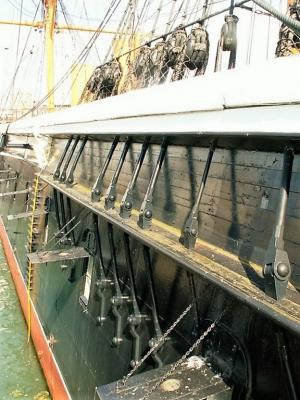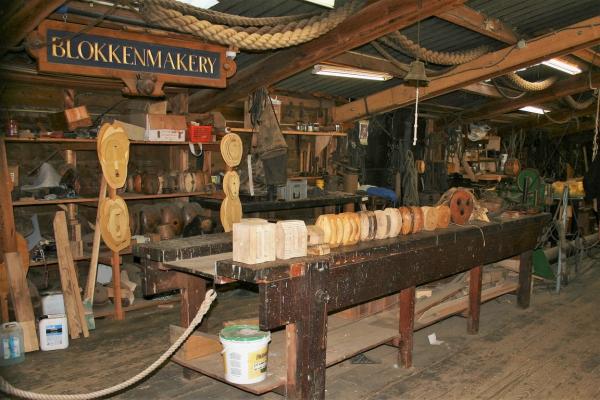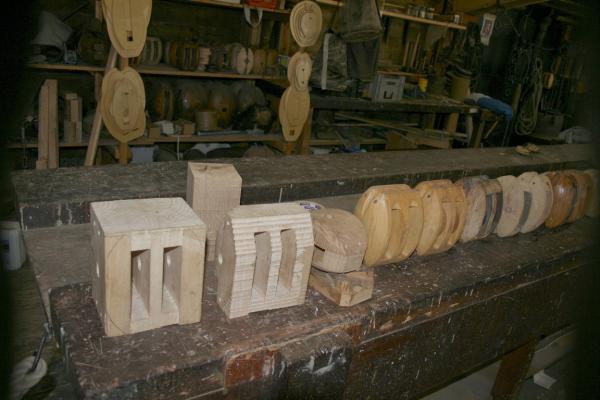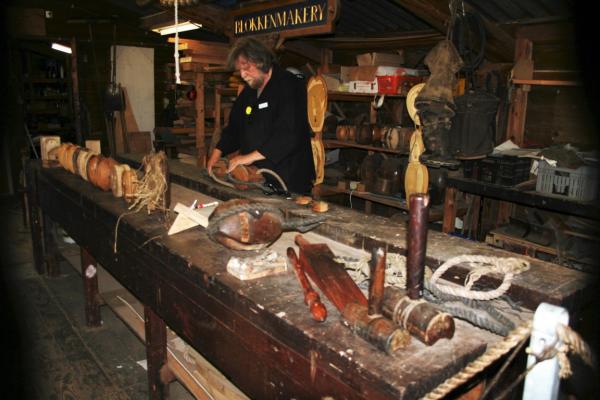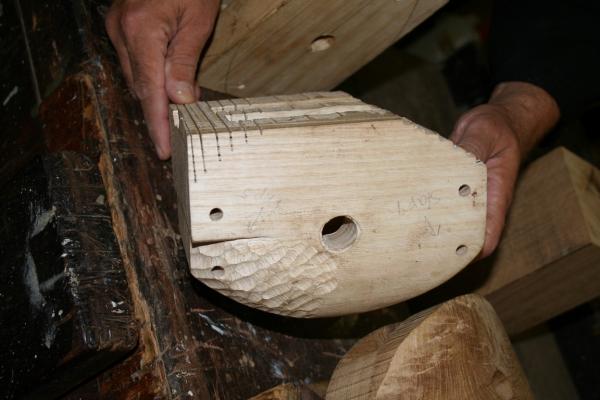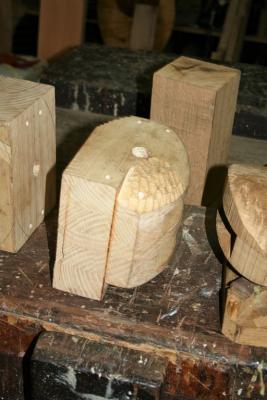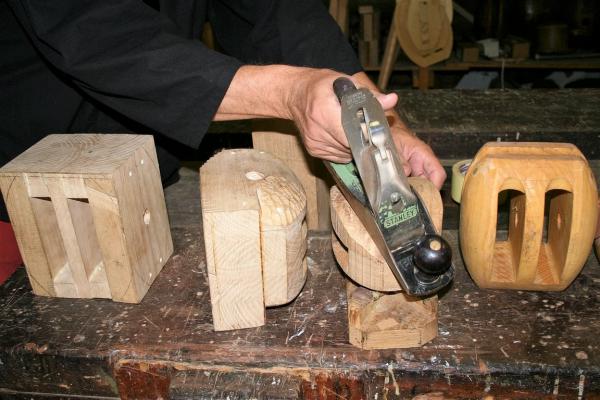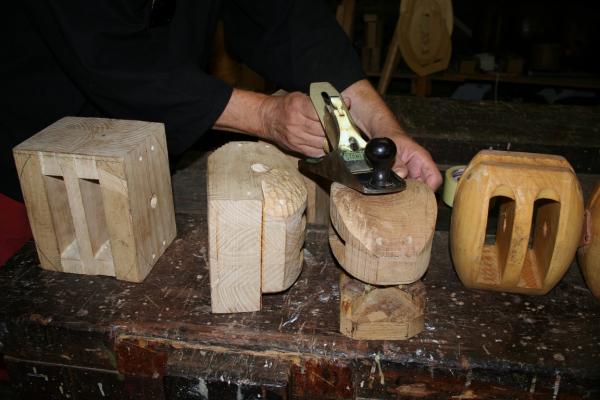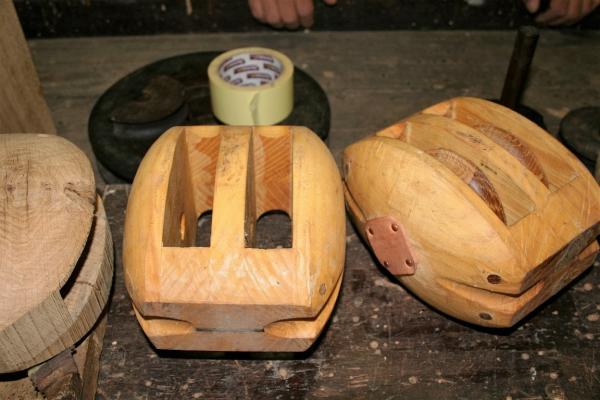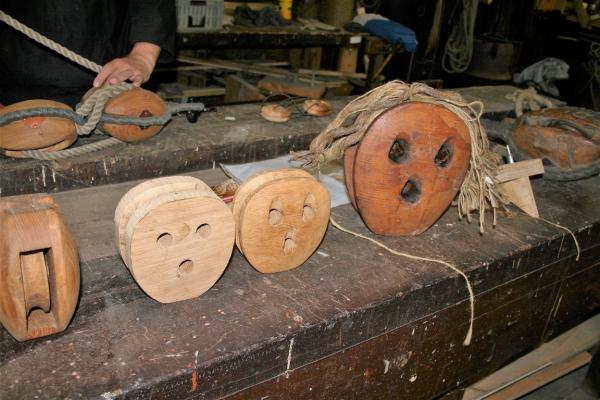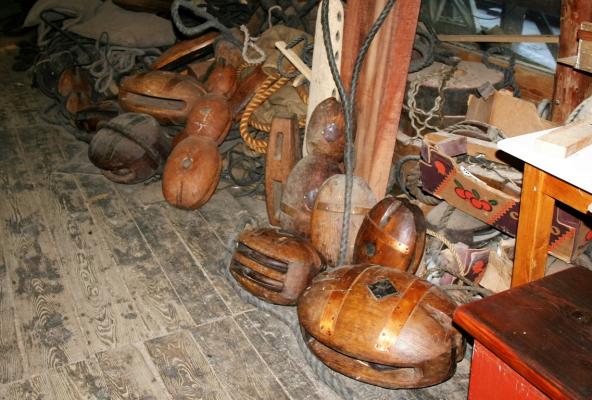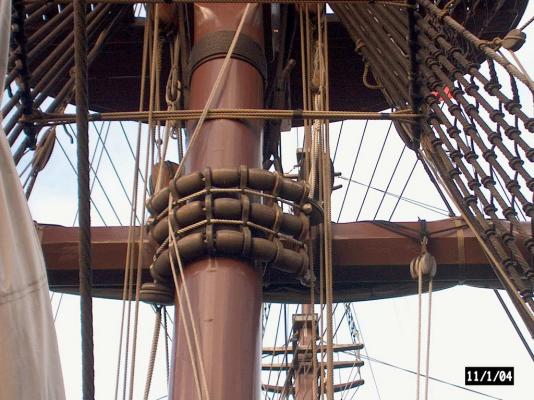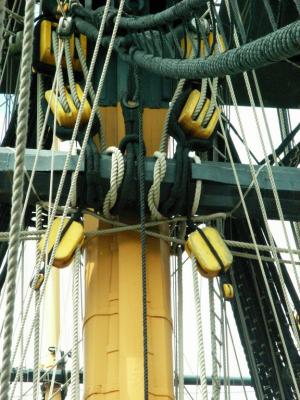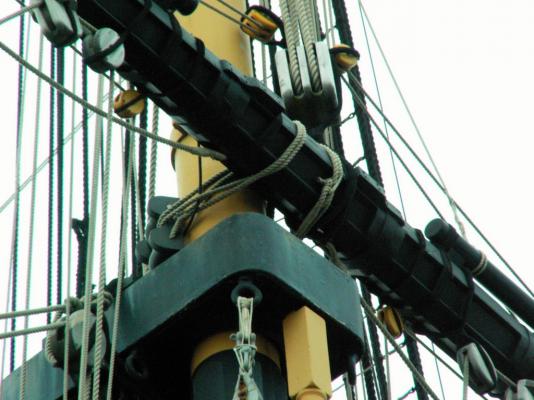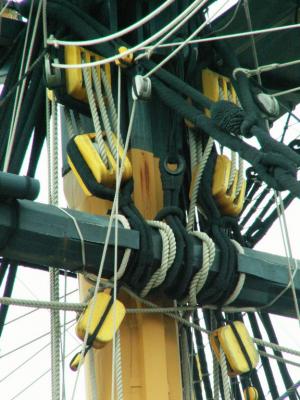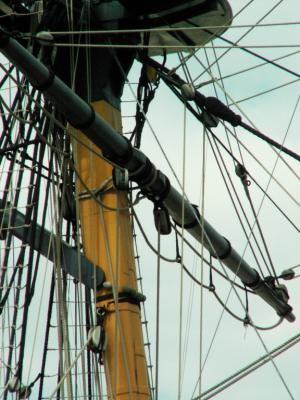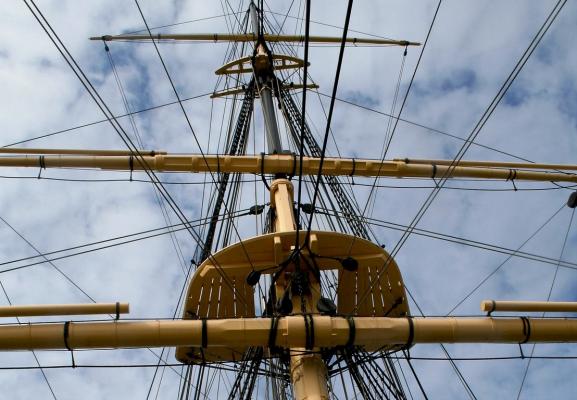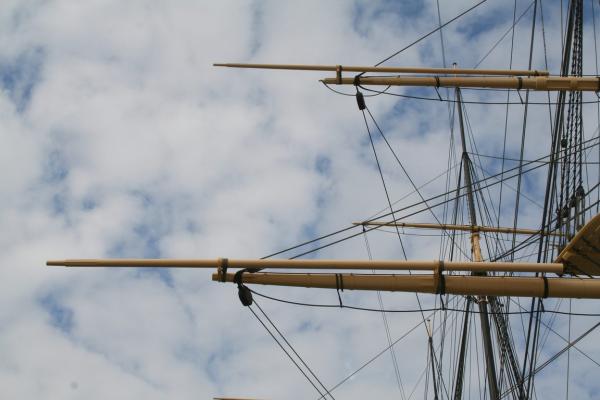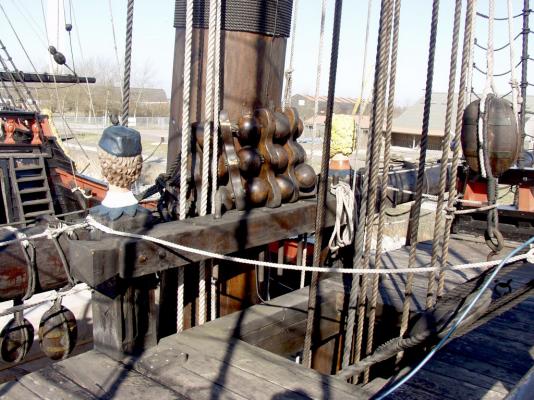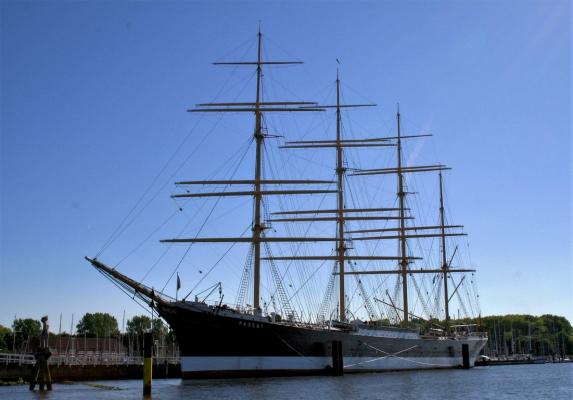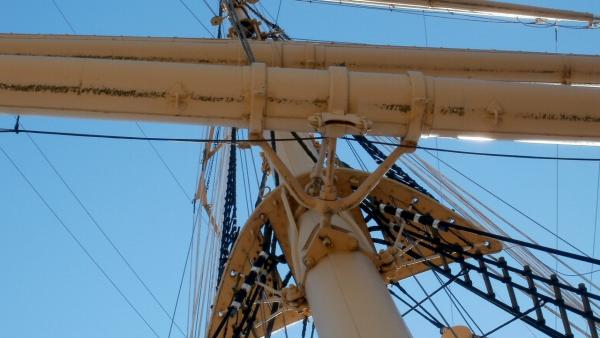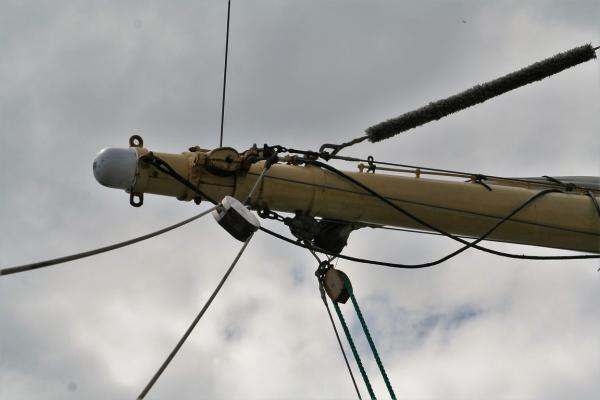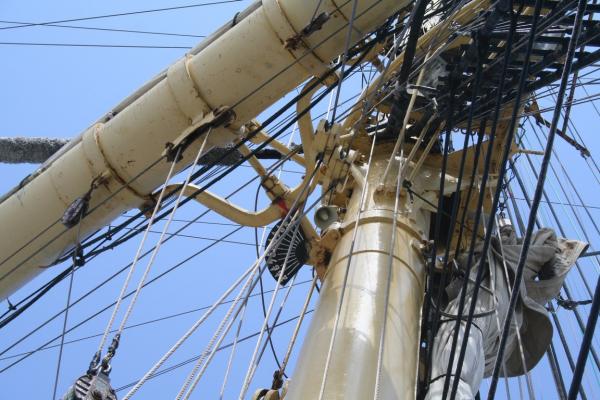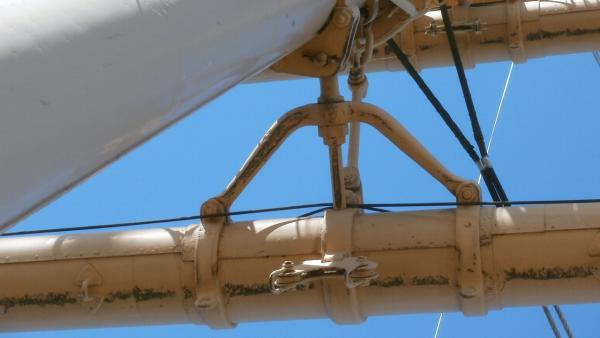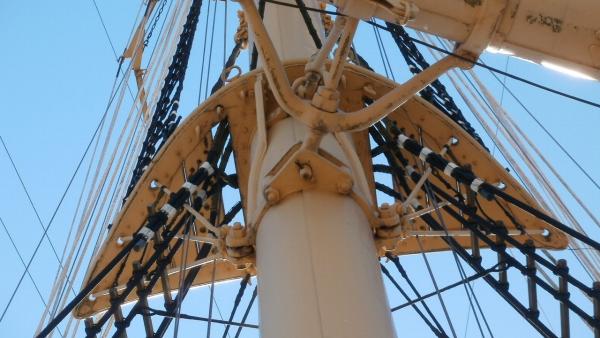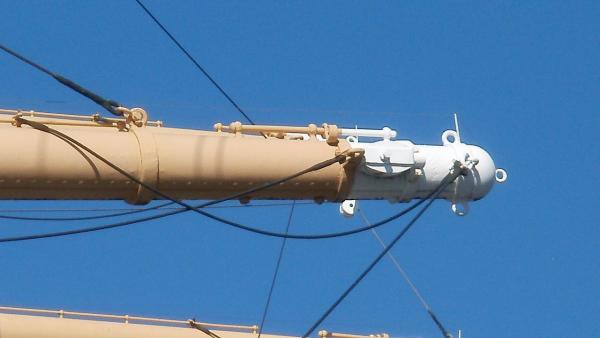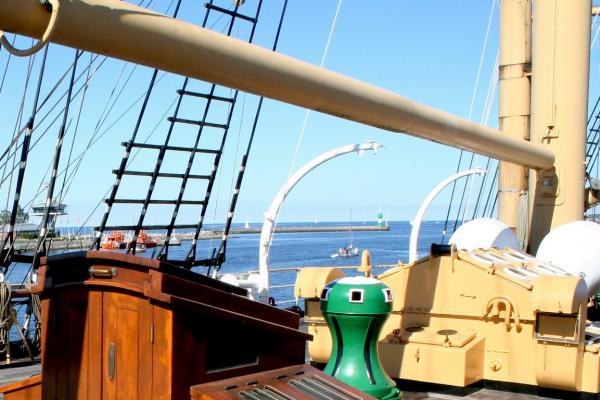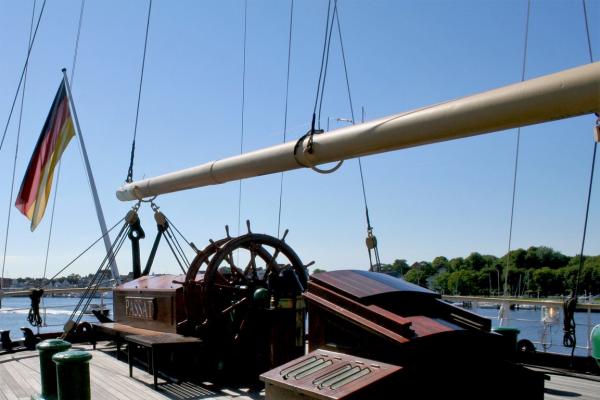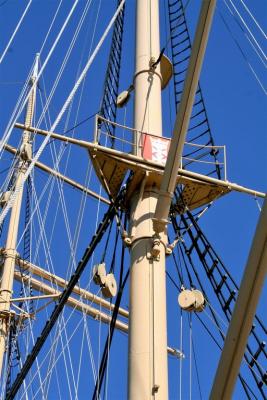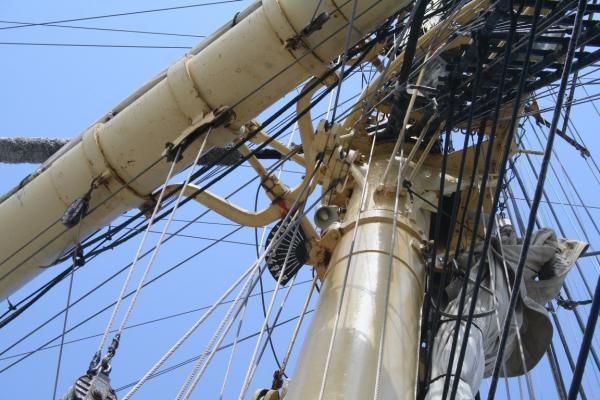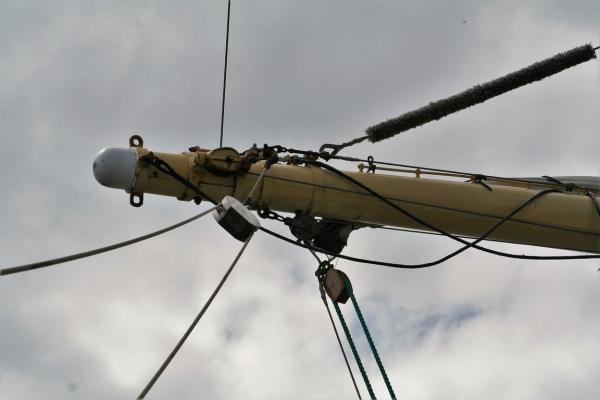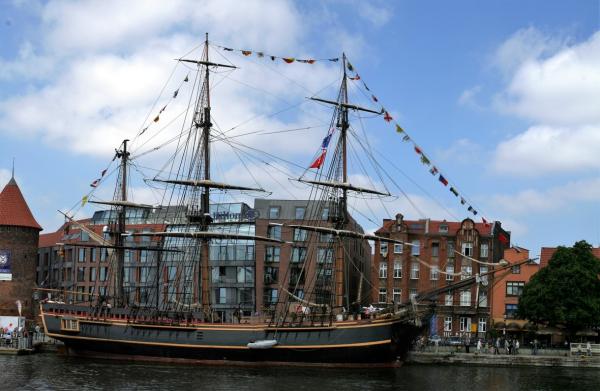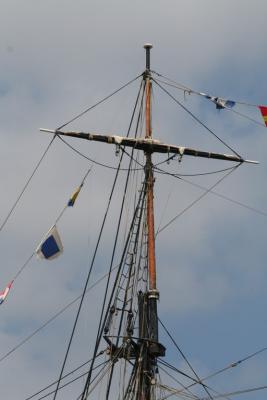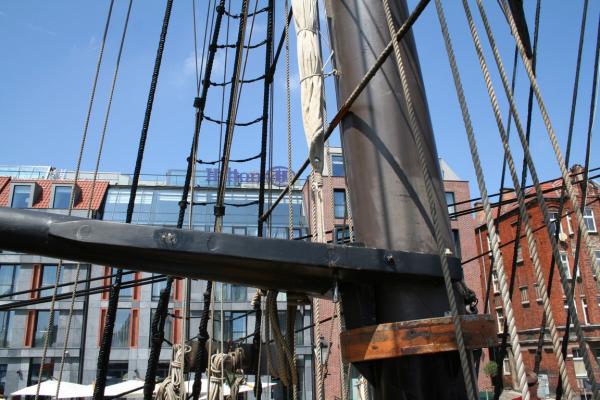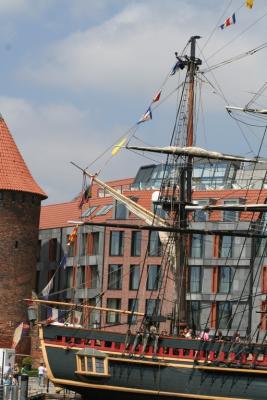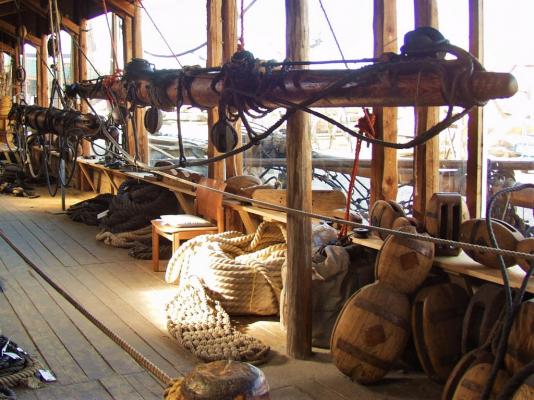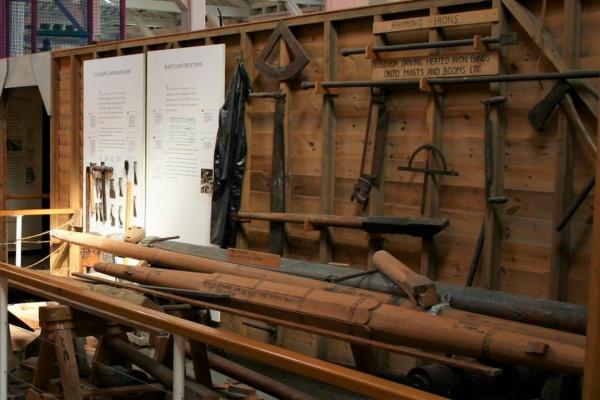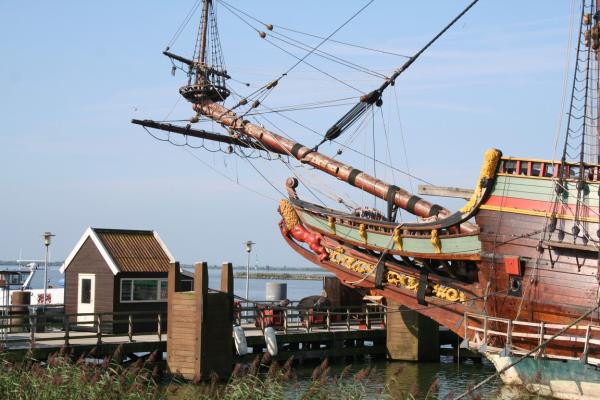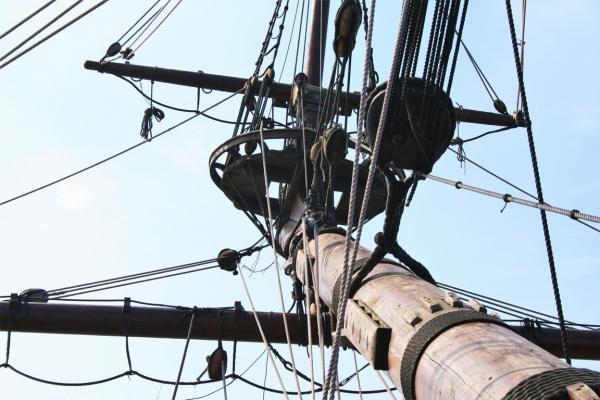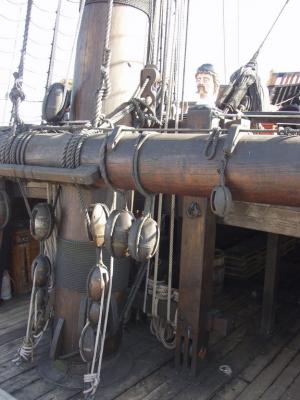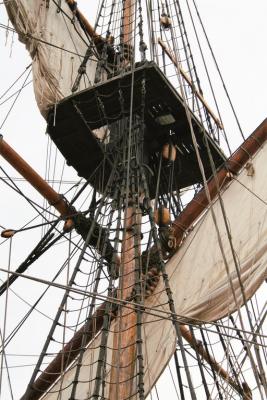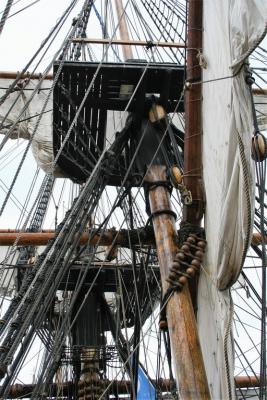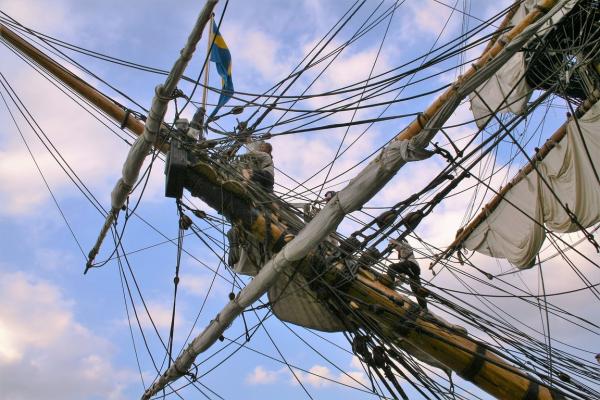-
Posts
519 -
Joined
-
Last visited
Content Type
Profiles
Forums
Gallery
Events
Everything posted by Tadeusz43
-
The capstan & windlass Wissemara Kamper Kogge Roland von Bremen Vasa Amsterdam Batavia Gotheborg Bounty ( base of capstan looks like it was out of period) Victory Warrior Jylland Kruzenstern Passat The windlas was powered from capstan situated above on forecastle deck. Passat The capstan and bulwark winch
-
Dear colleagues, Thank you for your kind words about my work, but my stock images on ships and their construction is limited and not very long runs out. I had a dream… Because I see that collect photographic information on this subject can be interesting and useful to propose joint creation ShippediA The Free Encyclopedia period ships and their construction Many of us live near where the maritime museums and museum ships, and can take pictures of interesting passages in their construction and equipment, maybe they want to share them with our community. What do you think about this proposal. Tadeusz
-
Pumps Pumps are very important ship equipment and was used for emergency ship dewatering as also for deck washing and fresh water pumping in to the galley. Emergency pumps was located on the deck above waterline with suction from ship bottom near keelson and discharge to the pumpdale scuppers or directly to the deck. Elm tree pump is oldest type of ship pumps. Vasa - reconstruction Batavia Asterdam Victory Chain pump has bigger capacity and was introduced in British Navy in beginning of 18th century. Not was used in the Continental fleets. Chain pump accompanied by elm tree pump Chain pump handles and chain wheel on pump head Chain pumps discharge to the gundeck Pump suction tubes in the well near the main mast feet. Victory Crosshead pump introduced in 19th century. Jylland Flywheel pump introduced in 19th century. Rotary action of flywheel was changed into oscillating movement with crankshaft Jylland Marine Museum in Stockholm Cutty Sark
-
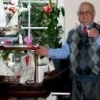
Kancabas cargo boat by mhmtyrl - FINISHED
Tadeusz43 replied to mhmtyrl's topic in - Build logs for subjects built 1501 - 1750
Hi, Congratulations, excellent work. Tadeusz- 32 replies
-
- kancabas
- cargo ship
-
(and 1 more)
Tagged with:
-
Cannon tackles Guns placed on guns carriages were equipped with tacks enabling them to go back for loading - train tackles, and return to the position for a shot –gun tackles. The breeching it was thin rope seized to the cascabel or to the gun carriage. Purpose of the breeching was to absorb the recoil of the gun when it was fired. Pivot guns was equipped with tackles for change it position. Vasa Museum Stockholm Marine Musem in Kalskrona (Sweden) Jylland Marine Museum in Gdańsk (Poland) Gotheborg Victory Batavia Warrior
-
Rope belaying Small size ropes are belayed with belaying pins, which are plugged into pin rails. Pin rails can be situated on bulwarks on the ship side or made as the fife rails around mast. Belaying pins are made of wood or metal. On the ship is used one only diameter of pins with diameter is of thickest rope used in rigging. Excess of belayed rope is coiled and hanged on the pin. Ropes with bigger diameter are belayed on cleats, kevels, bollards or riding bitts Wissemara. Gotheborg. The ship is fully rigged and seaworthy. Jylland. The ship is not seaworthy and running rigging is significantly reduced Jylland. Basket for rope excess. Kruzenstern. The ship is fully rigged and seaworthy. Passat. The ship is not seaworthy and running rigging is significantly reduced Victory. The ship is not seaworthy and running rigging is significantly reduced Warrior. The ship is not seaworthy and running rigging is significantly reduced. Bounty Kevels ( staghorns ) Amsterdam Vasa Batavia Warrior Victory Cleats Gotheborg. Gotheborg. Shroud cleats. Ridding bitts Batavia Ridding bitts on lower deck for mooring lines and anchor cable. Victory. Ridding bitts for anchor cable. Tadeusz
-

Second Planking
Tadeusz43 replied to Chuckaug's topic in Building, Framing, Planking and plating a ships hull and deck
Jig for plank tapering. Simple frame made from aluminum angles ( 10mm x 10mm) for hold plank in vertical position over planer blade. Adjustable for plank thickness. I use razor plane for primary shaping and next I sand it with sanding block. Wear gloves for this work. Tadeusz -
- 86 replies
-
- billing boats
- wasa
-
(and 1 more)
Tagged with:
-
Hi Rob, In my opinion this is scupper from middle deck on which they are installed pumps. Tadeusz The drainage channel Elm tree pump on middle deck stern pardt.
- 86 replies
-
- billing boats
- wasa
-
(and 1 more)
Tagged with:
-
Running rigging Wire ropes in running rigging. Wire ropesi in running rigging was used on beginning of 20th century. In such period was constructed the last cargo sailing ships famous Windjammers. Wire ropes was used as halyards, yard lifts and brass. For their winding serve special winches with hand power or even steam power. Wire ropes was also used for “standing" parts of running rigging e.g. pendants. Useful information for modelers: http://pages.swcp.com/usvmyg/squarerig/sq2.htm Kruzenstern Passat Kruzenstern Passat
-
Hi I am using dilute nitrocellulose transparen lacquer which stiffens lnayards and is invisible. With the same lacquer I protect all knots in rigging. Tadeusz
-
Running rigging Hemp rope rigging Gotheborg.Fully rigged and seaworthy Gotheborg. Partly furled sails and most important lines. Shtandard. Fore top sail. Top and royal yards rigging Gotheborg.Mizzen lateen sail rigging. Sthandard. Mizzen lateen sail rigging. La Glorie. Mizzen gaf sail rigging Bonty. Mizzen gaf sail boom with sheets. Sthandard. Mizzen lateen sail yard with rigging Batavia. Parral. Batavia. Main sail yard hlyard with ramshead block Gotheborg. Crowsfeet wit euphore. La Grace.
-
I use WD40 and I wipe excess with a paper towel.For gear I use lubricant. Tadeusz
-
Hi, I hawe such machine : No plstic gears. Only chuck is not easy in use. http://www.uni-max.com.pl/kombinowana-tokarka-z-frezarka-at125-mini/d/ Tadeusz
-
Stays Wire ropes. HMS Warrir 1860. Wire ropes rigging. Early period of wire rope rigging. Kruzenstern.One of last existing windjammers HMS Warrior. Main stay lanyard. Two stays was fitted port and sterboard. HMS Warrior. Fore stay and fore stay preventer lanyards. HMS Warrior. Mizzen stay and preventer stay. Passat. Mizzen stay and mizzen topmast stay.Stays was made as double . Passat .Main mast stay and main mast topmast stay. Kruzenstern. Mizzen stay and mizzen topmast stay Kruzenstern. Main mast stay and main topmast stay. Passat. Fore mast stays anchored at bowsprit. HMS Warrior. Martingle stay and bowsprit rigging. Dar Pomorza (1909). Bowsprit rigging. Chains in use. Kruzenstern. Bowsprit rigged with iron bars.
-
Hi, Maybe this information comes too late but in lanyards of stays was used deadeyes or hearts. This was also on Vasa. Fore stay lanyard. Main stay lanyard. Mizzen stay lanyard. Vasa model in Vasa Museum Tadeusz
- 249 replies
-
- billing boats
- vasa
-
(and 1 more)
Tagged with:
-
Hi Rick, The shrouds was installed as pair of ropes. Number of pairs of the shrouds depend of period and vessel size as also of vessel origin. The number of pairs of the shrouds increased over the years from one to three pairs in the 14th century to 12 and more in the 15th and 16th centuries. On some ships were installed even 18-20 pair of the shrouds. At the beginning of the 17th century number of pairs want began to be reduced and for the largest ships amounted to 9-11 on main mast, 8-18 on foremast and 2-4 on mizzen. See: "Historic Ship Models" by Wolfram zu Mondfeld Tadeusz
-
Stays Hemp ropes. In period of use hemp ropes main stay was the thickest rope in ship standing rigging. Formula gave by Wolfram zu Mondfeld in “ Historic Ship Models” says: For modelers purpose diameter of main stay is determined as 0,166 of the diameter of the main mast at the deck. Diameters of other ropes in standing and running rigging are proportionately smaller. Batavia. Main stay lanyard and collar. Batavia. Main stay collar. Batavia. Fore stay lanyard. Gotheborg. Main stay and preventer stay lanyards Gotheborg. Mizen stay and preventer stay lanyards. . Gotheborg. Fore stay and preventer stay lanyards Gotheborg. Fore stay and preventer stay lanyards. Gotheborg.Bobstays and bowsprit shrouds Gotheborg. Main stay, preventer stay and crowsfeet at mast top Victory. Main stay and preventer stay lanyards. Stays snaked. Victory. Stay and prevetner stay at topmast. Victory. Fore stay and prevetner stay lanyards. Stays snaked. Victory. Bobstays and bowsprit shrouds.
-

Simulated caulking
Tadeusz43 replied to Nirvana's topic in Painting, finishing and weathering products and techniques
Hi, I use different ways for simulate caulking on the deck it depend of model scale. Scale 1:100 or more I simple draw caulking lines with black fine liner.S/S Savannach under construction. Scale 1:75 and around I am coloring the edges of veneer strips for deck planking with black permanent marker. Friesland under construction. Scale 1:48 and less I made caulking as black thread glued between deck planks.Golden Yacht. Tadeusz -
Shrouds Lisa von Lubeck. Sheer poles on lower part of main mast shrouds Nef Victoria. Fore mast shrouds anchored to the deck. Amsterdam. Shroud seizing and lanyards. Amsterdam. Lower shrouds on main mast head and catharpins with futtock stave. Amsterdam. Main mast head and futtock shrouds and topmast shrous. Gotheborg. Main mast head and topmast shrous. Batavia. Spirit topmast shrouds Sheer pole and rat lines. Victory. Shroud seizing and lanyards. Victory. Lower shrouds at topmast and catharpins. Bounty. Main mast with lower, topmast and topgalant shrouds. Passat. Wire rope shrouds of fore mast anchored to the bulwark with rigging screws. Passat. Wire rope shrouds of main mast anchored to the deck with rigging screws.
-
Rigging Standing rigging Part 1 Channels and chain plates Channels was installed on ships from the end of 15th century up to half of the 19th century. It was the place of securing the lower ends of the shrouds and sometimes the backstays. The lower deadeyes were attached to the hull by iron chains or rods called chain plate. Neff Victoria Vasa Halve Maen Amsterdam Batavia Bounty Gotheborg Etile du Roy ( ex Grand Turk) Shtandadrt Victory Jylland Warrior 1860 Tadeusz
-
Hand made blocks in workshop of Batavia Werf. Workshop Stages of block making Stropping a blocks. Tools used for serving a rope ( on right) Primary tooling Final tooling The blocks after impregnation with linseed oil Deadeyes Tadeusz
-
Yars Part 2 Main course yard parral Batavia Main course yard parral Amsterdam Yard with halyard and sling Victory Topsail yard with halyard and parral Victory Crossjack and gaff jaws on mizzen mast Victory Main mast yards Jylland Yard with iron rod jackstay and studding sails boom Jylland Iron mast & yards Passat Iron yards and truss Passat Spanker boom Passat Spanker gaff and topsail gaff Passat Iron yards Kruzenstern
-
Yards Part 1 Bounty wtih furled sails Main topgallant yard Bounty Driver boom jaws Bounty Main topsail and main yards Bounty Mizen yard, crossjack, boom and gaff Bounty Yards in Batavia Werf workshop Yards in Historic Dockyards workshop in Portsmouth(UK) Spirit sails yards Batavia Yard with hemp rope jackstay Batavia Spirit sails yards Gotheborg Bonaventure mizzen yard, parral and halyars Gotheborg
About us
Modelshipworld - Advancing Ship Modeling through Research
SSL Secured
Your security is important for us so this Website is SSL-Secured
NRG Mailing Address
Nautical Research Guild
237 South Lincoln Street
Westmont IL, 60559-1917
Model Ship World ® and the MSW logo are Registered Trademarks, and belong to the Nautical Research Guild (United States Patent and Trademark Office: No. 6,929,264 & No. 6,929,274, registered Dec. 20, 2022)
Helpful Links
About the NRG
If you enjoy building ship models that are historically accurate as well as beautiful, then The Nautical Research Guild (NRG) is just right for you.
The Guild is a non-profit educational organization whose mission is to “Advance Ship Modeling Through Research”. We provide support to our members in their efforts to raise the quality of their model ships.
The Nautical Research Guild has published our world-renowned quarterly magazine, The Nautical Research Journal, since 1955. The pages of the Journal are full of articles by accomplished ship modelers who show you how they create those exquisite details on their models, and by maritime historians who show you the correct details to build. The Journal is available in both print and digital editions. Go to the NRG web site (www.thenrg.org) to download a complimentary digital copy of the Journal. The NRG also publishes plan sets, books and compilations of back issues of the Journal and the former Ships in Scale and Model Ship Builder magazines.


